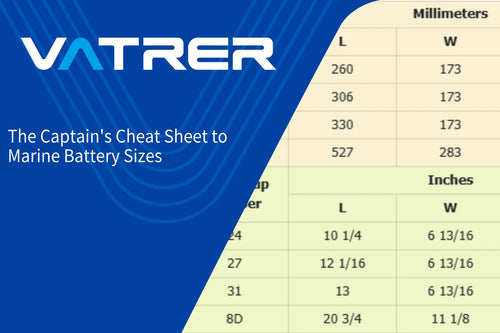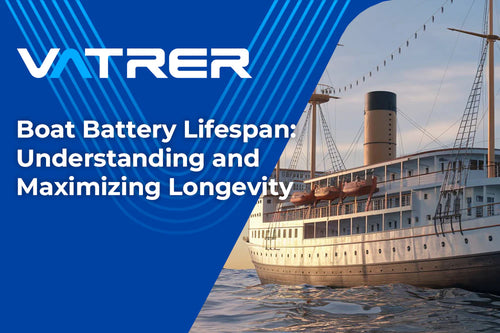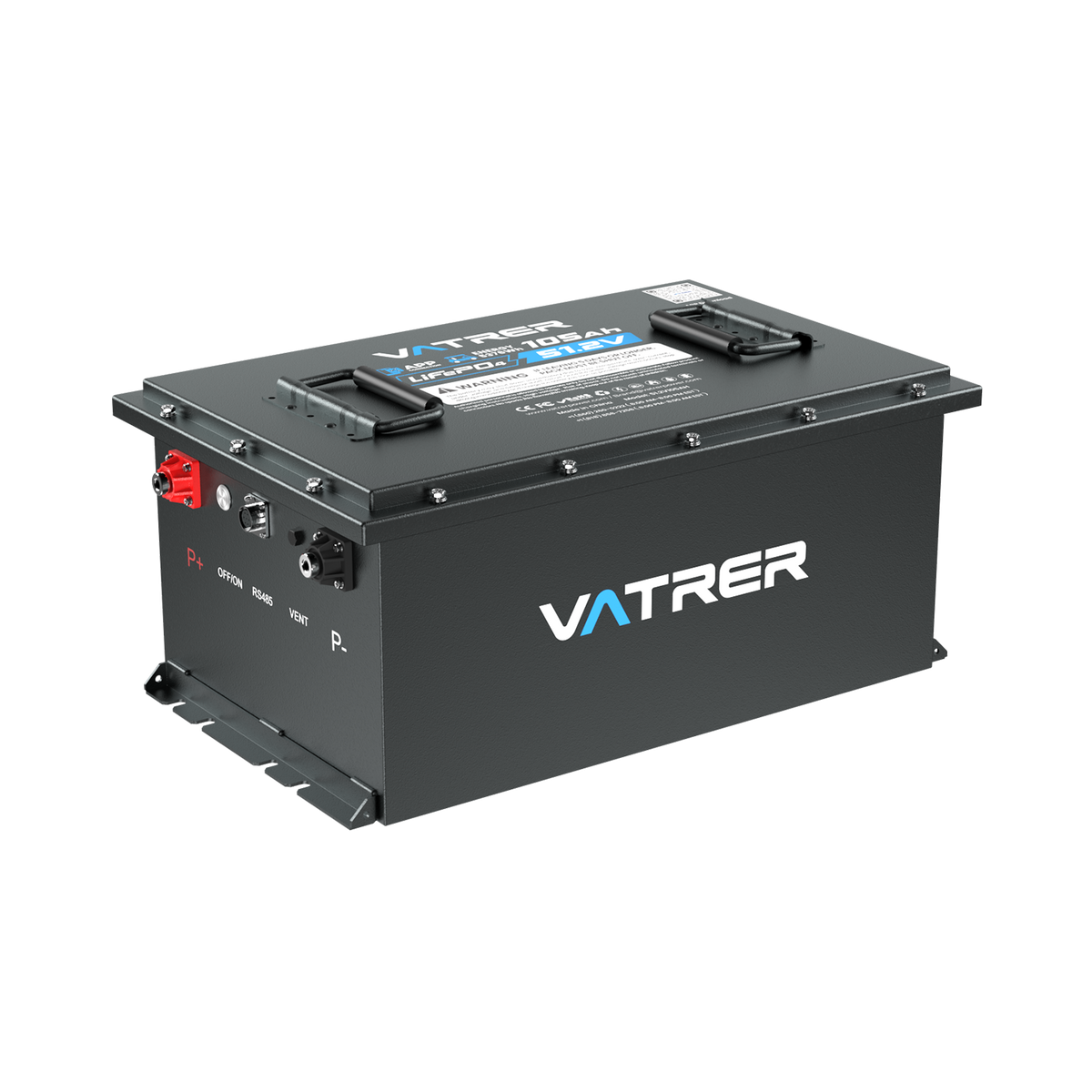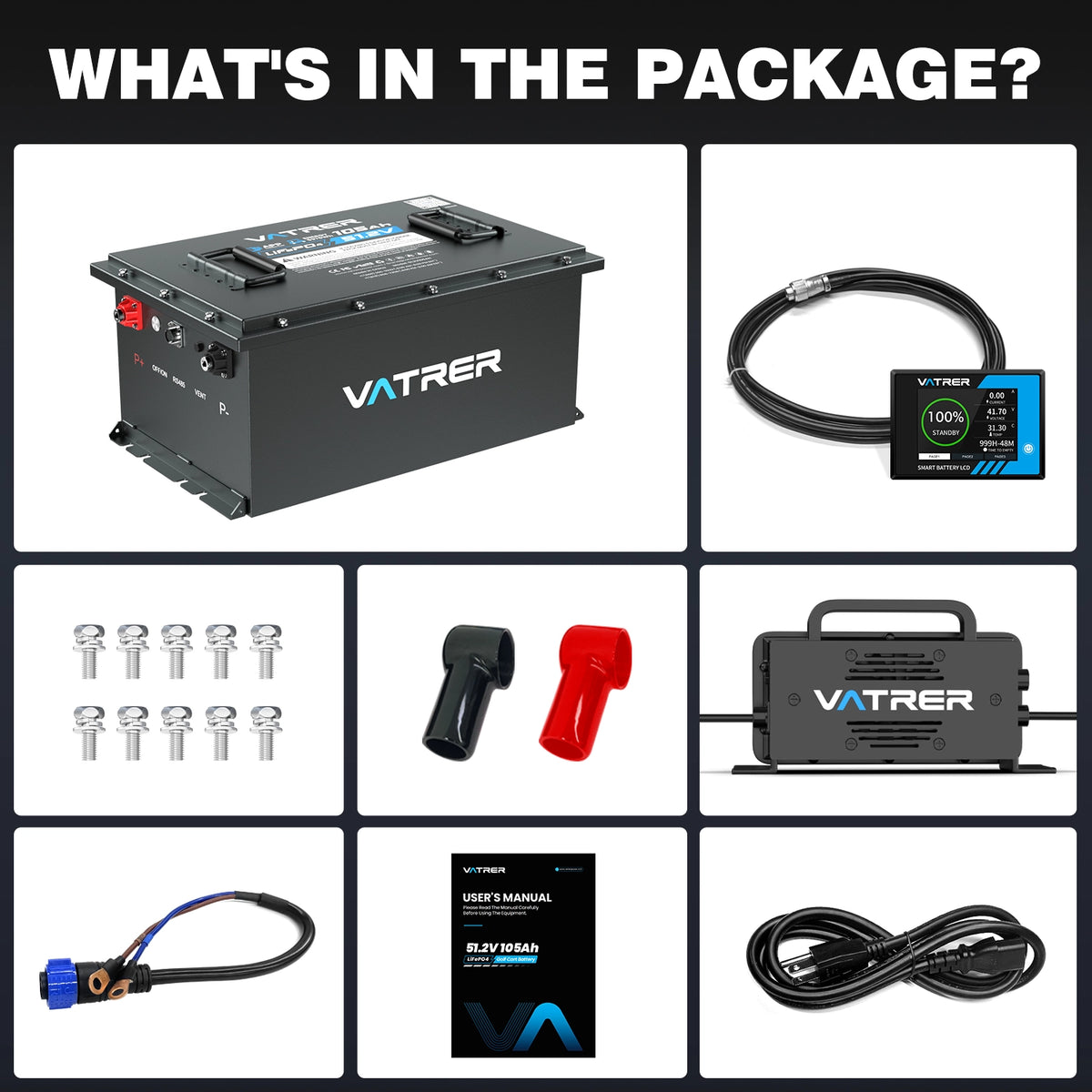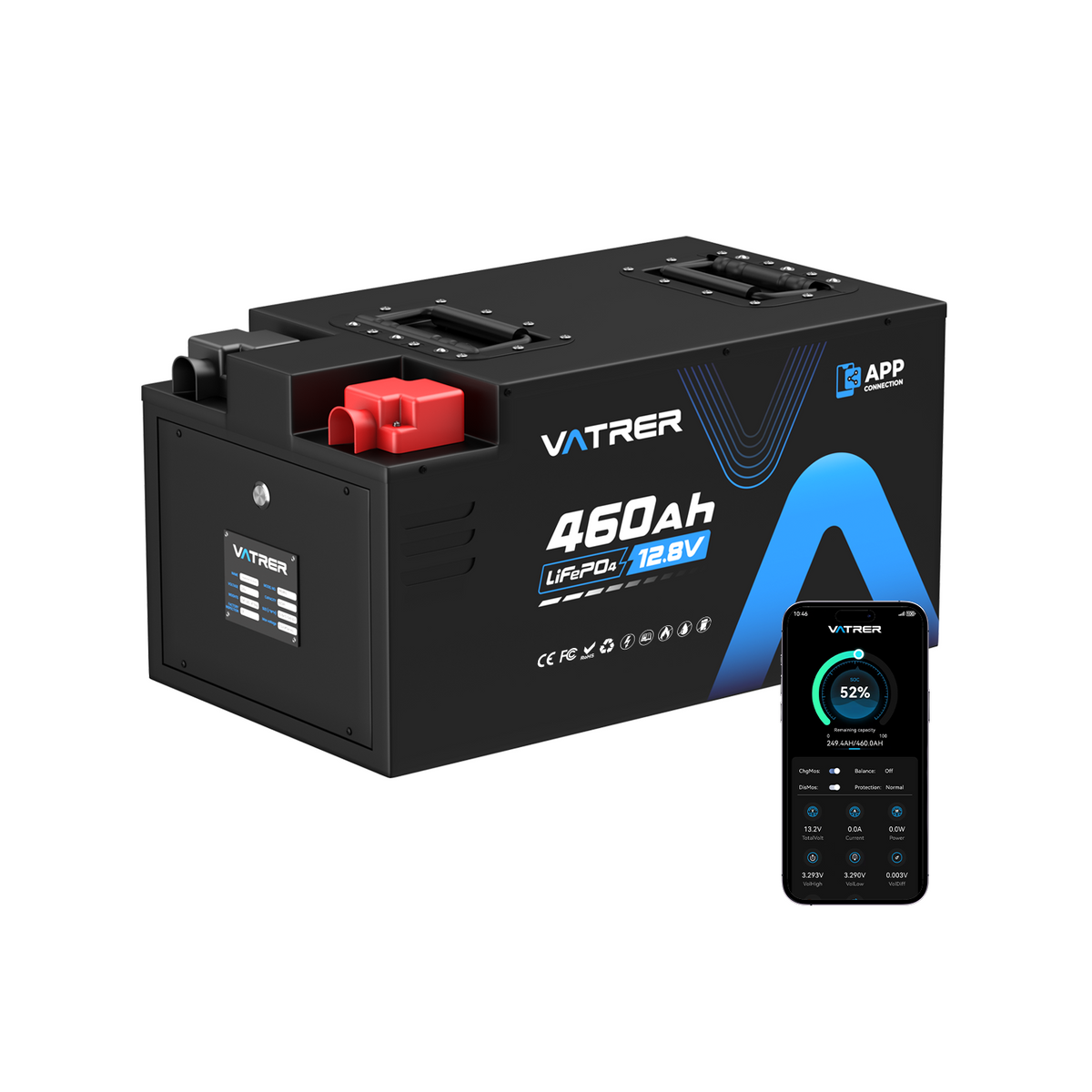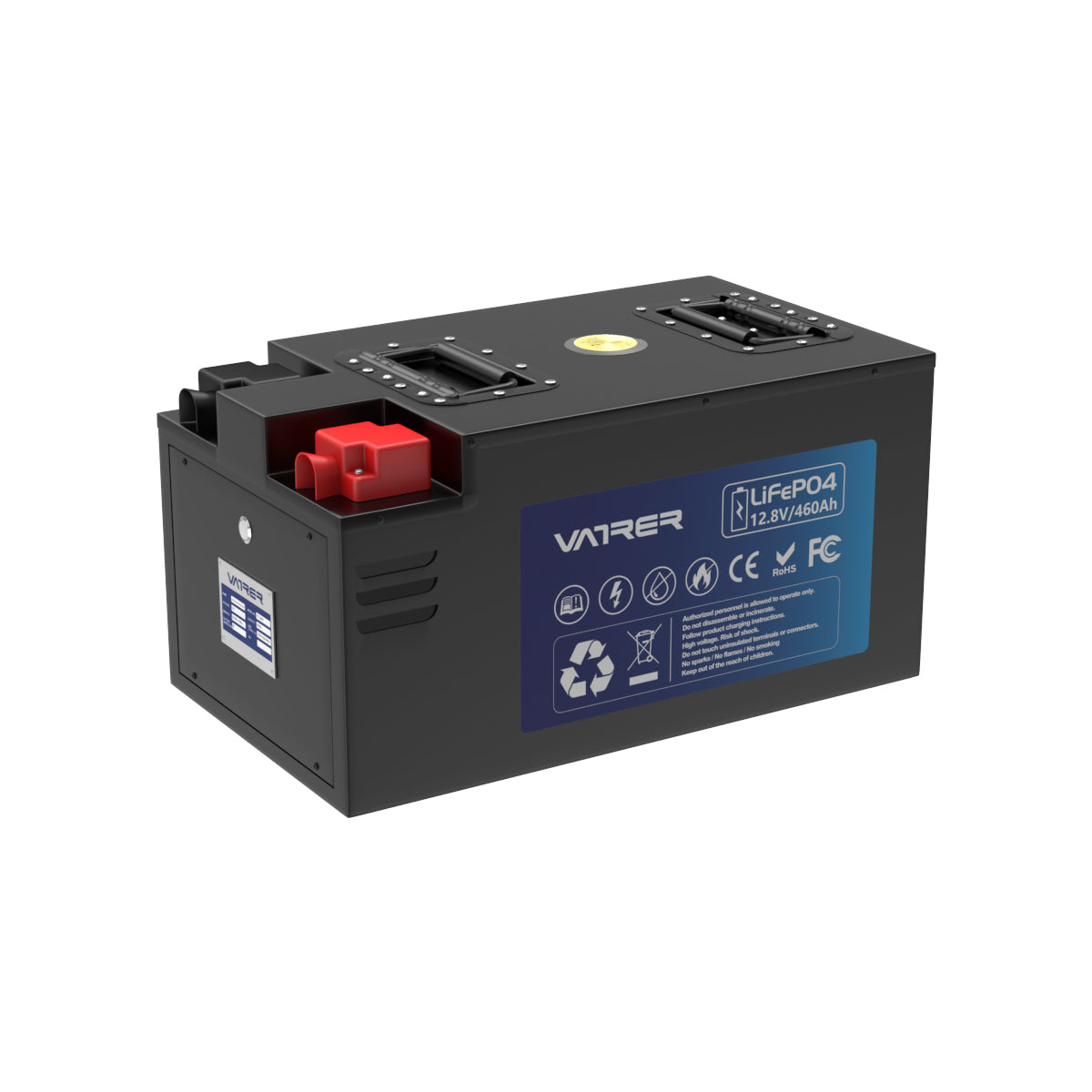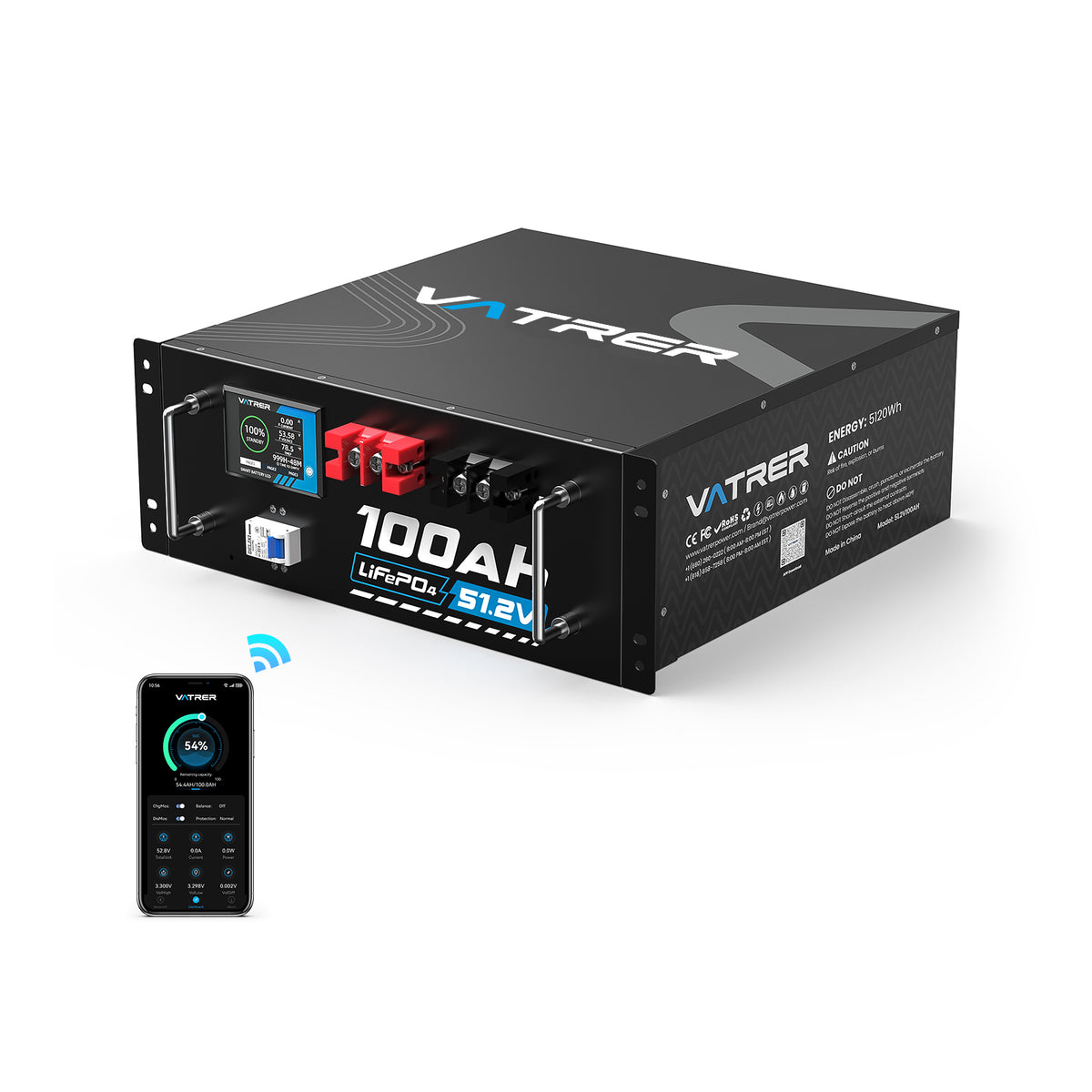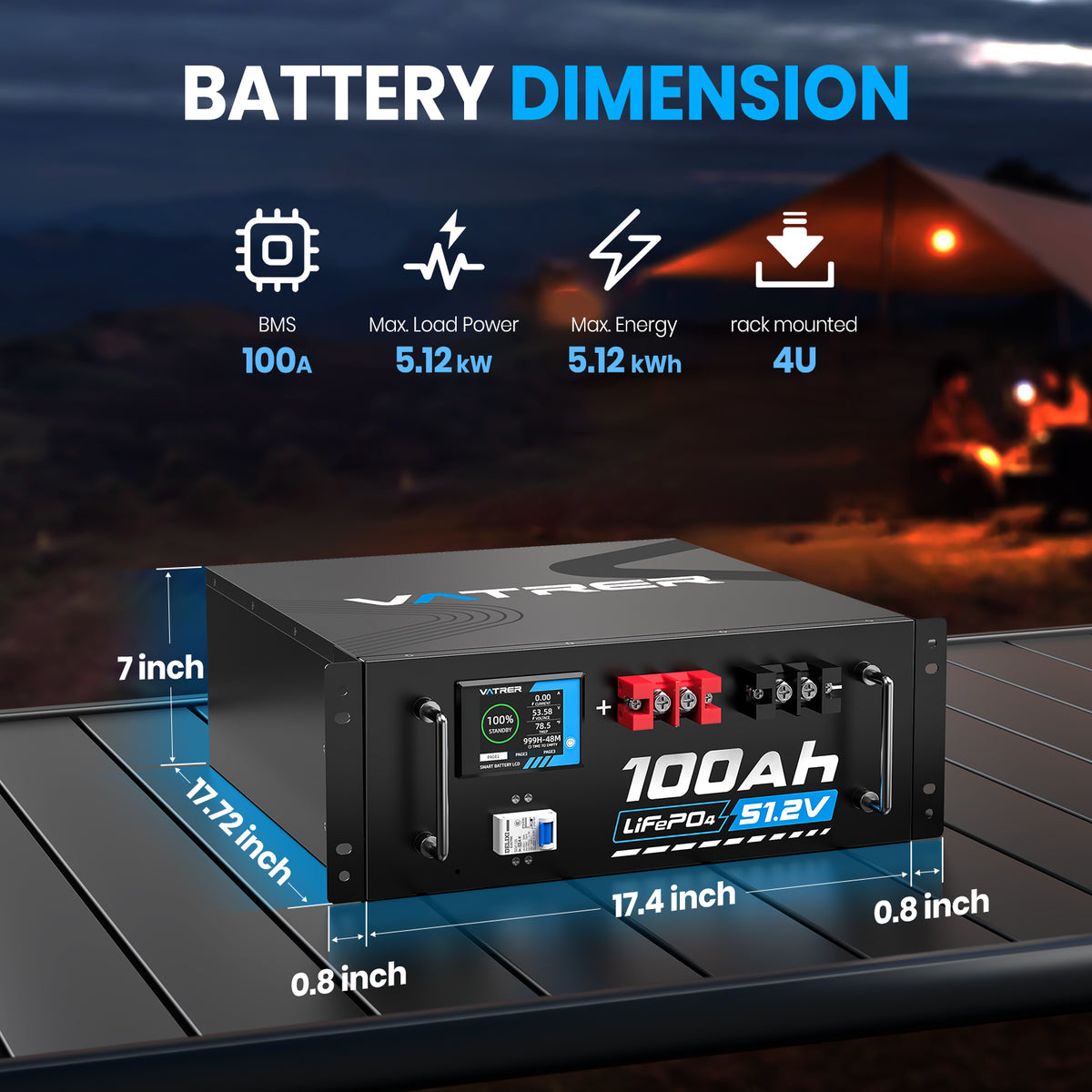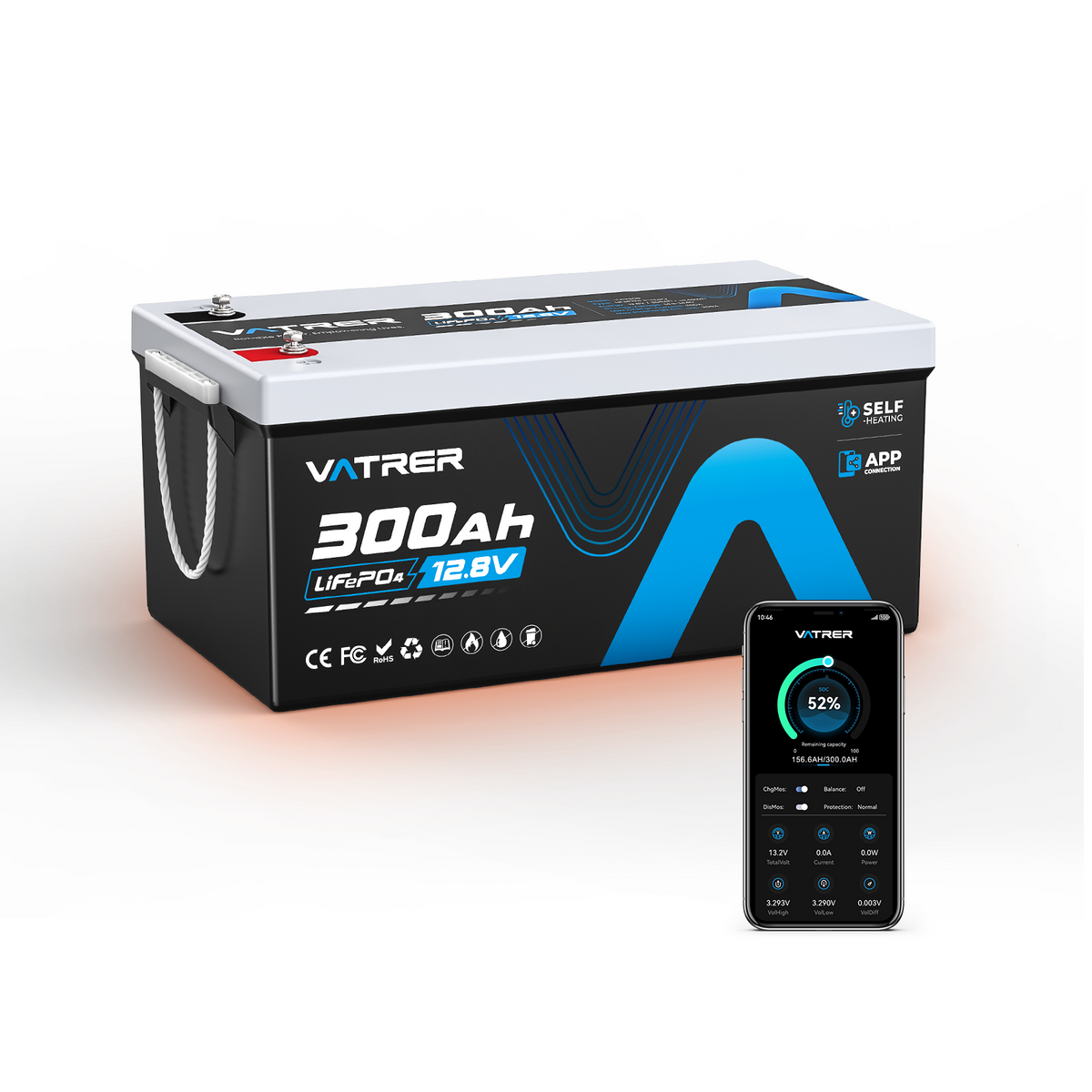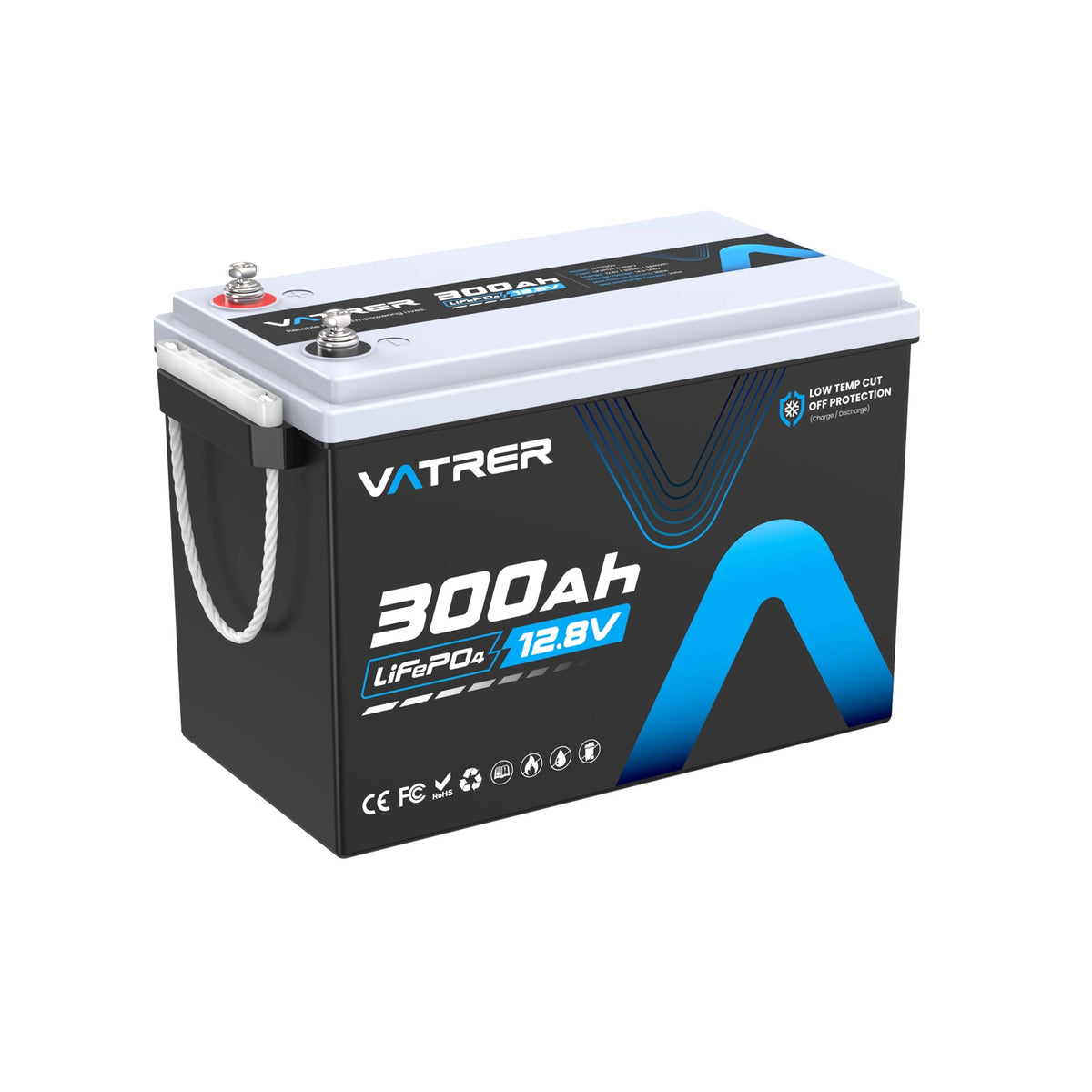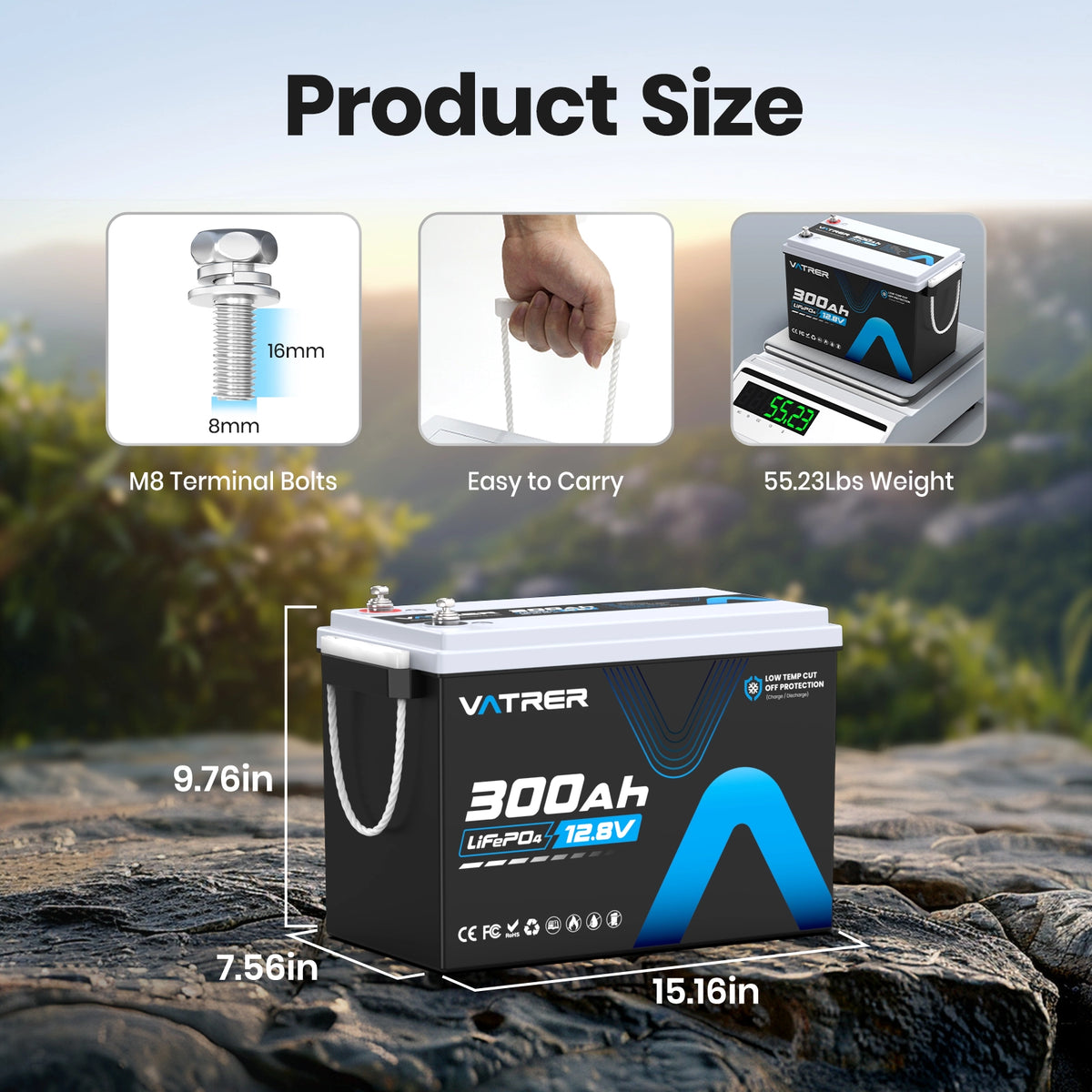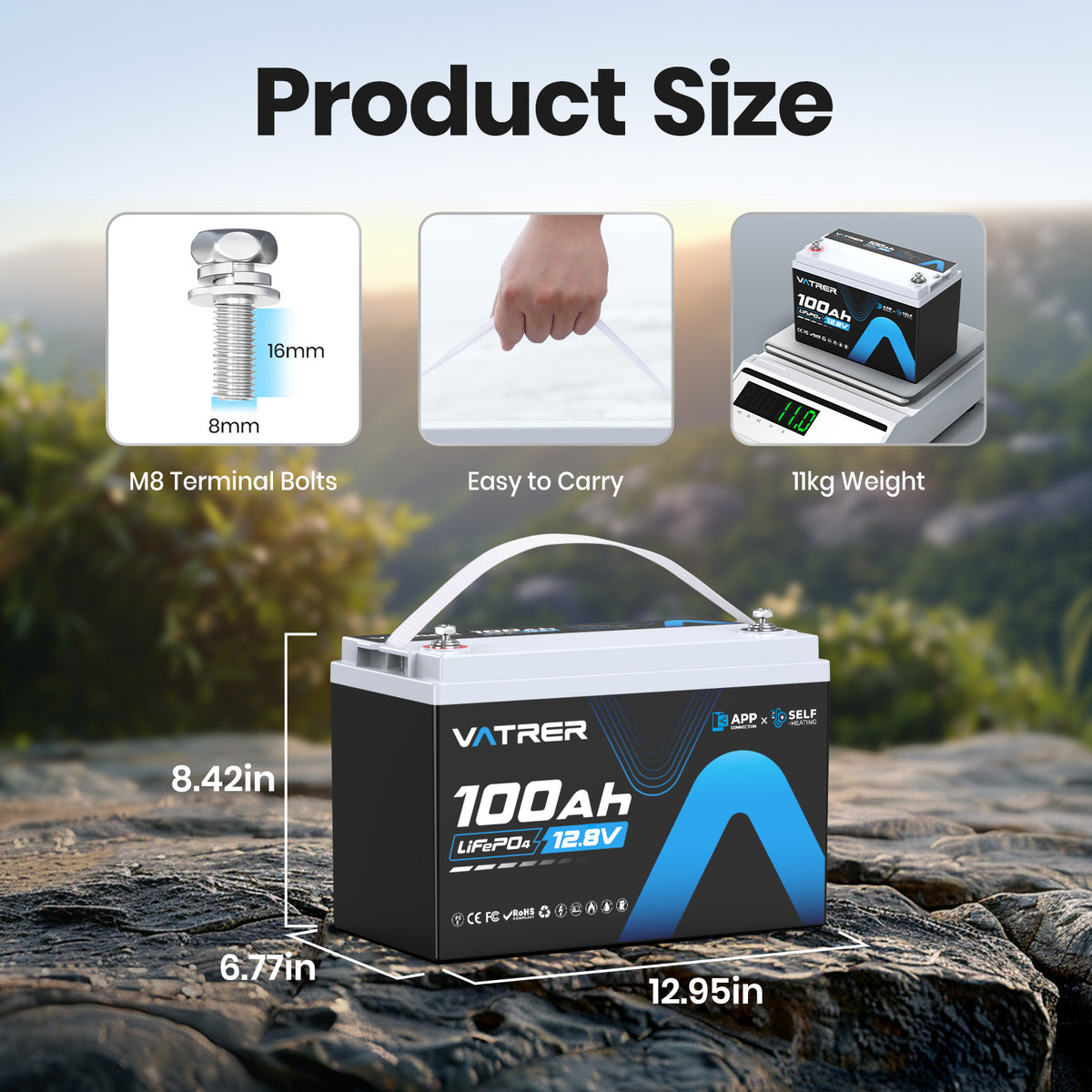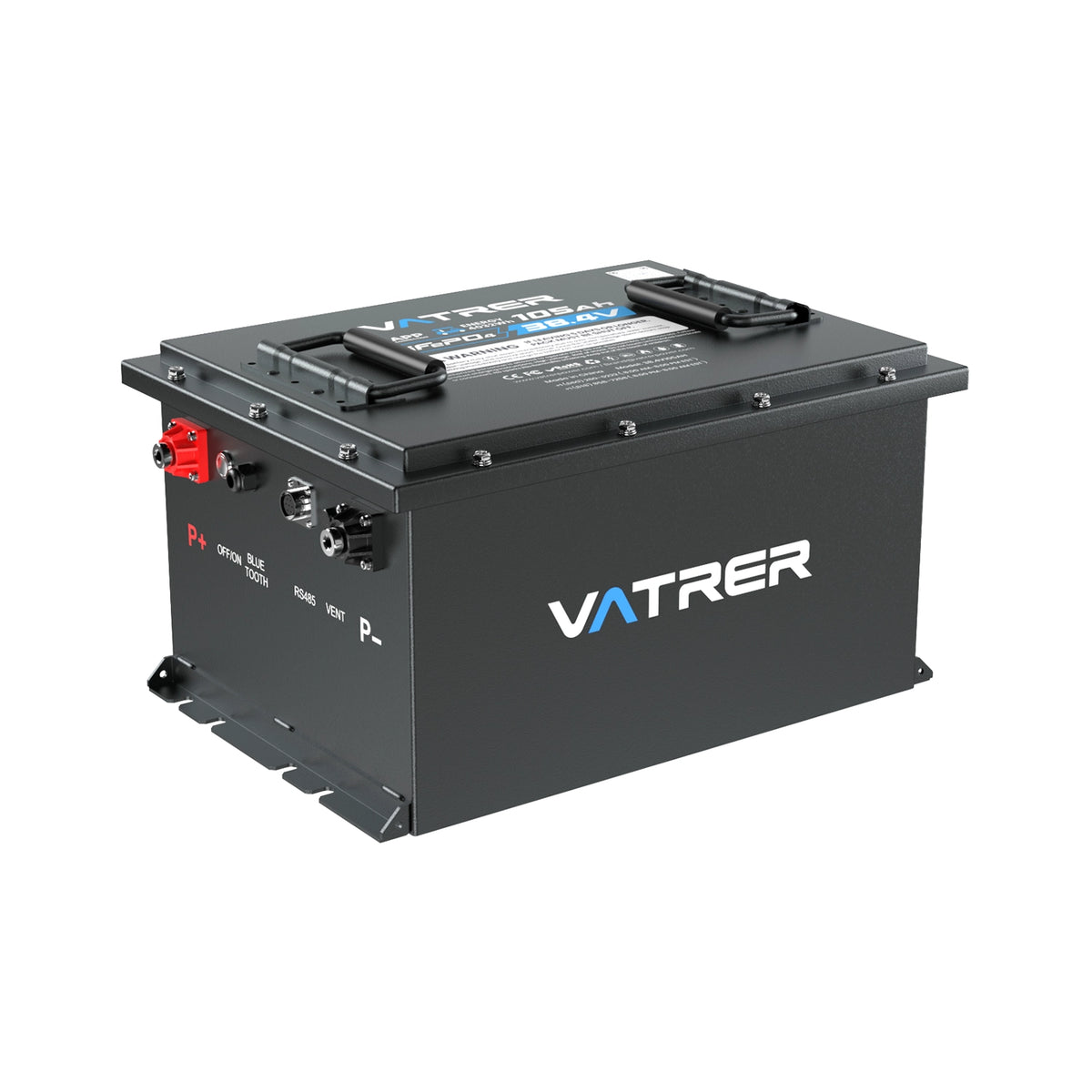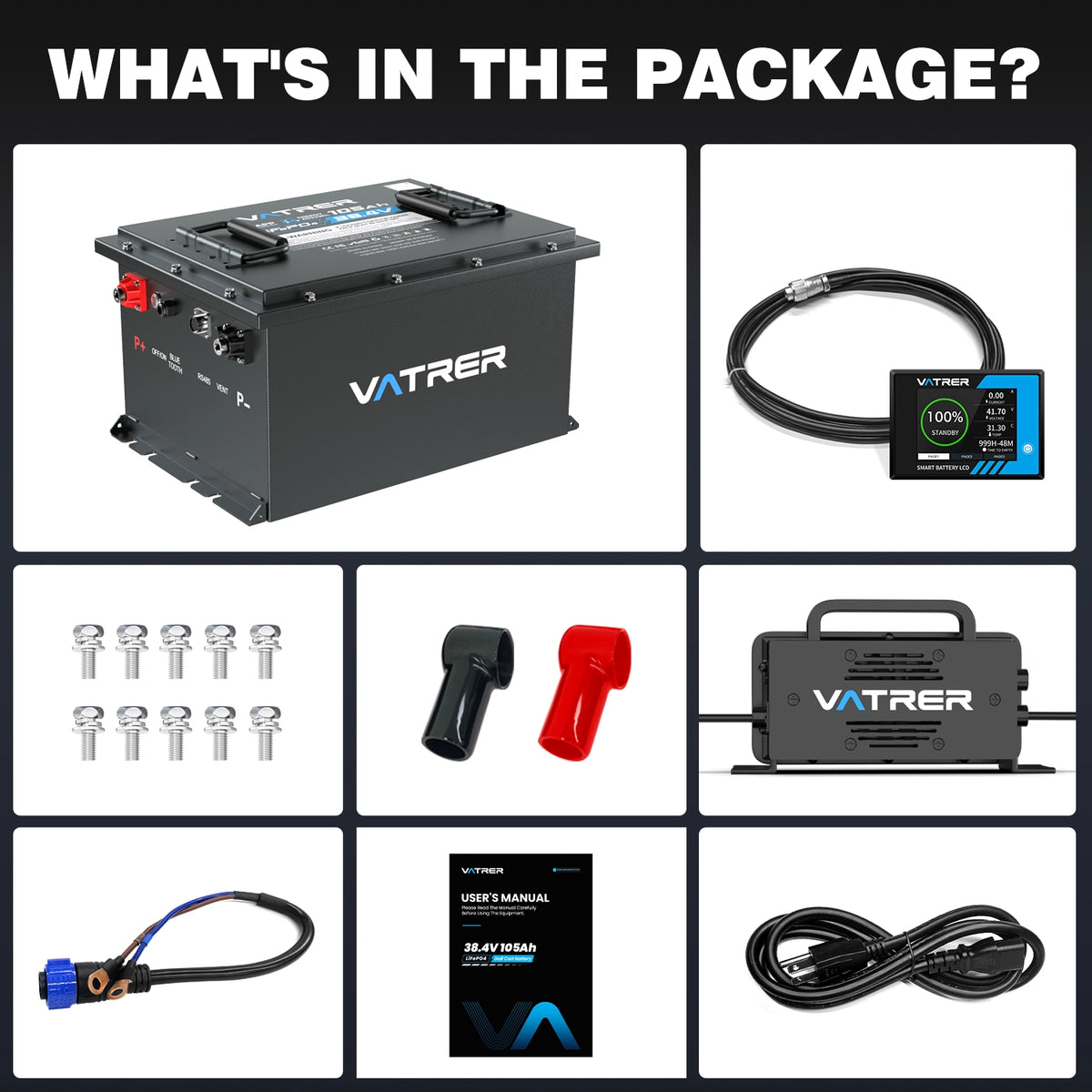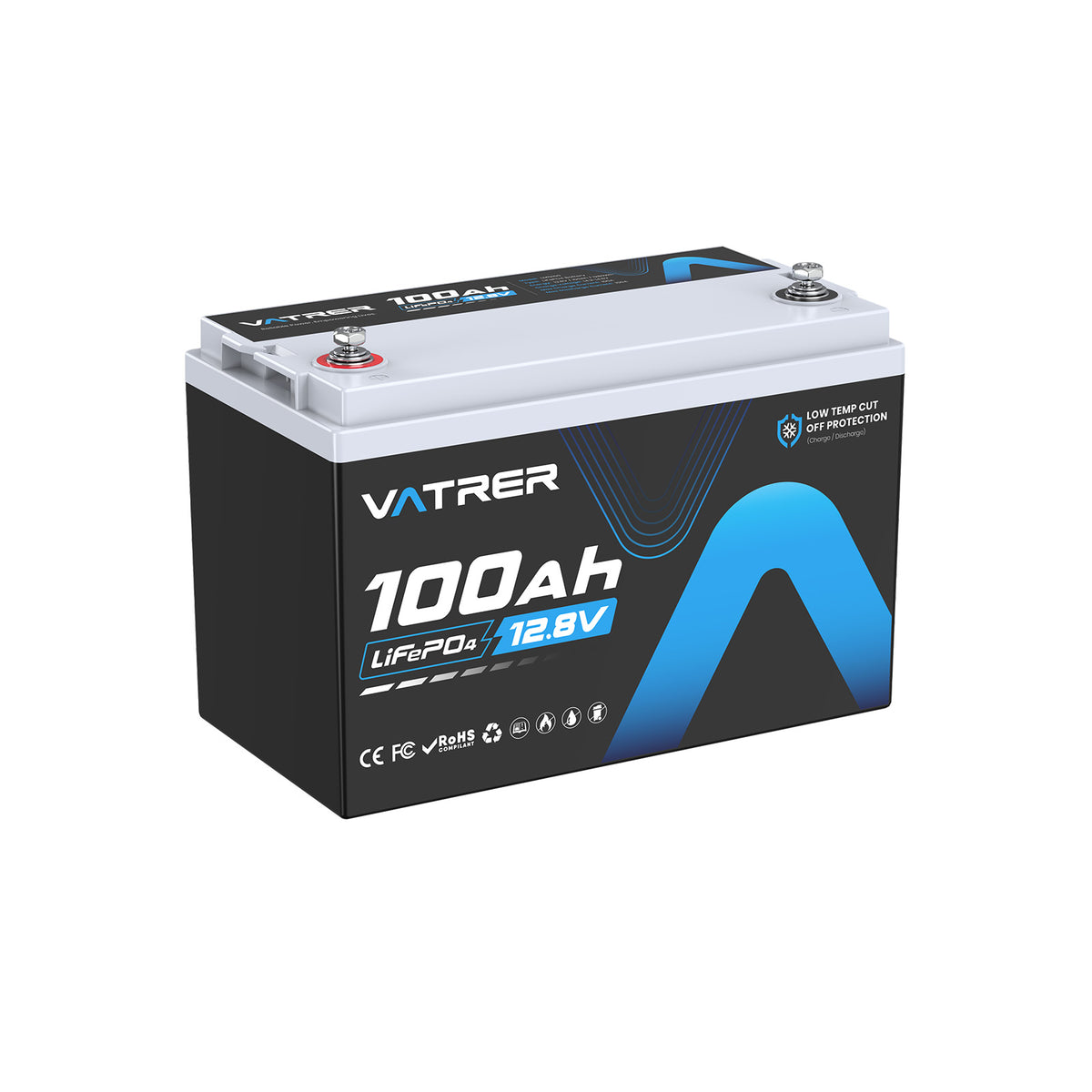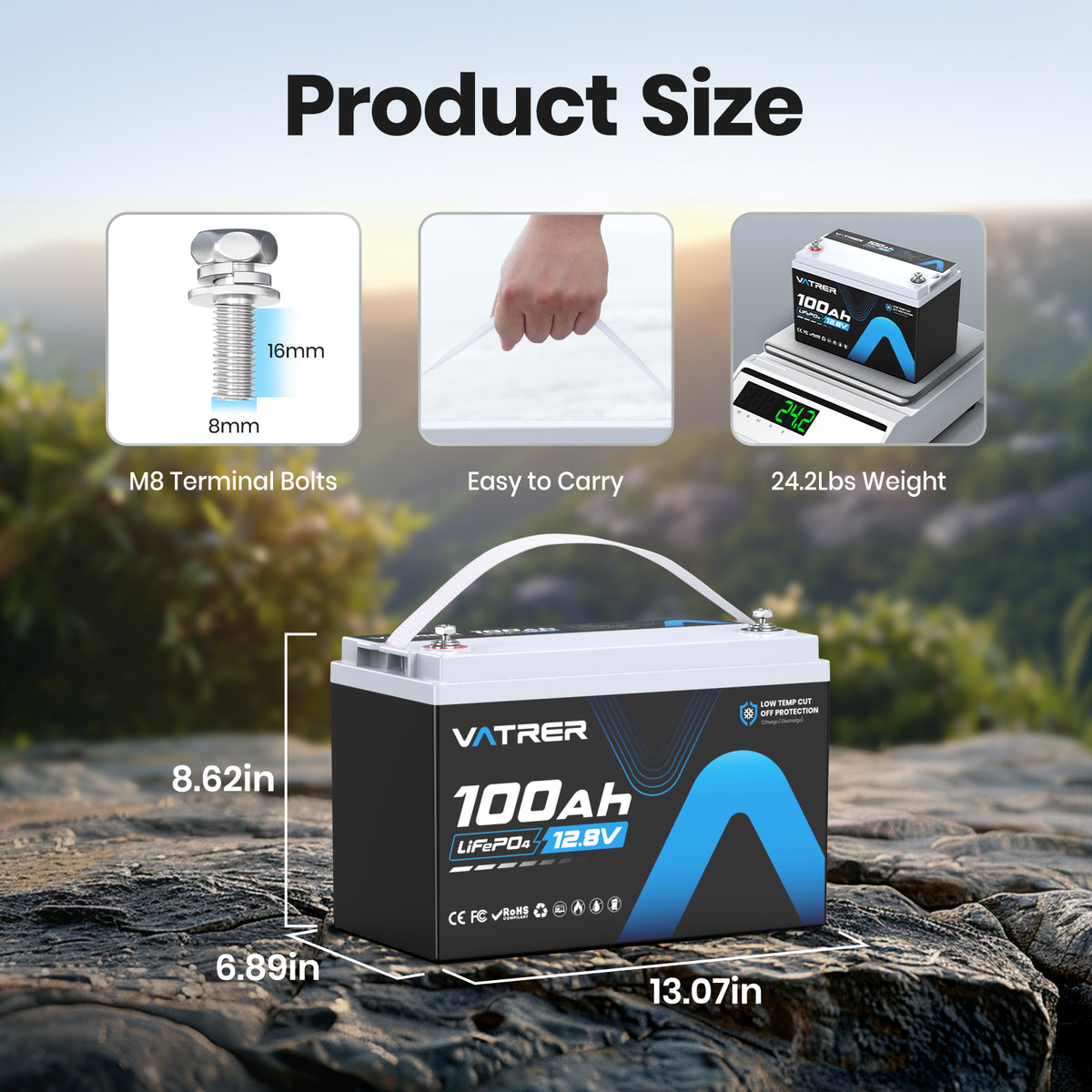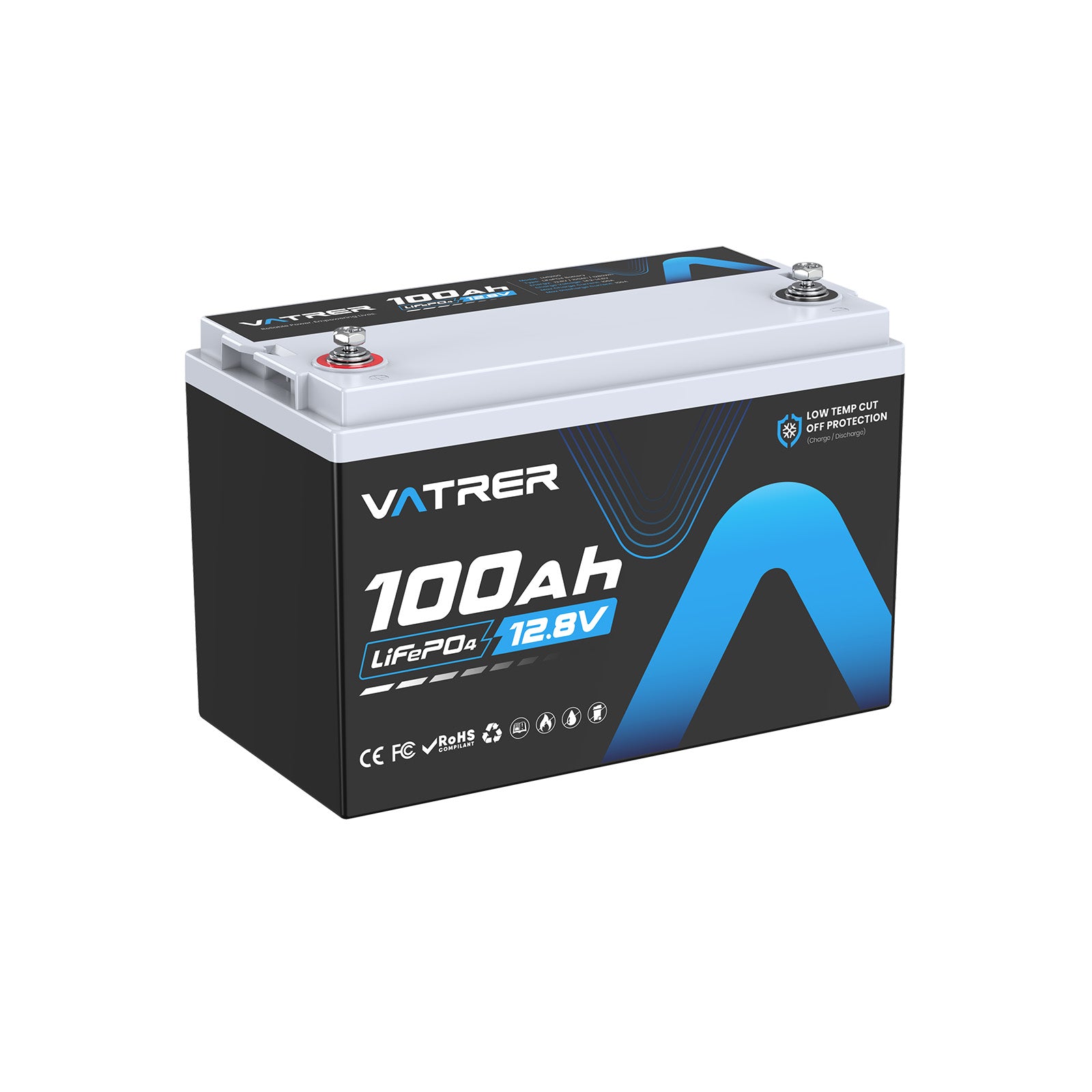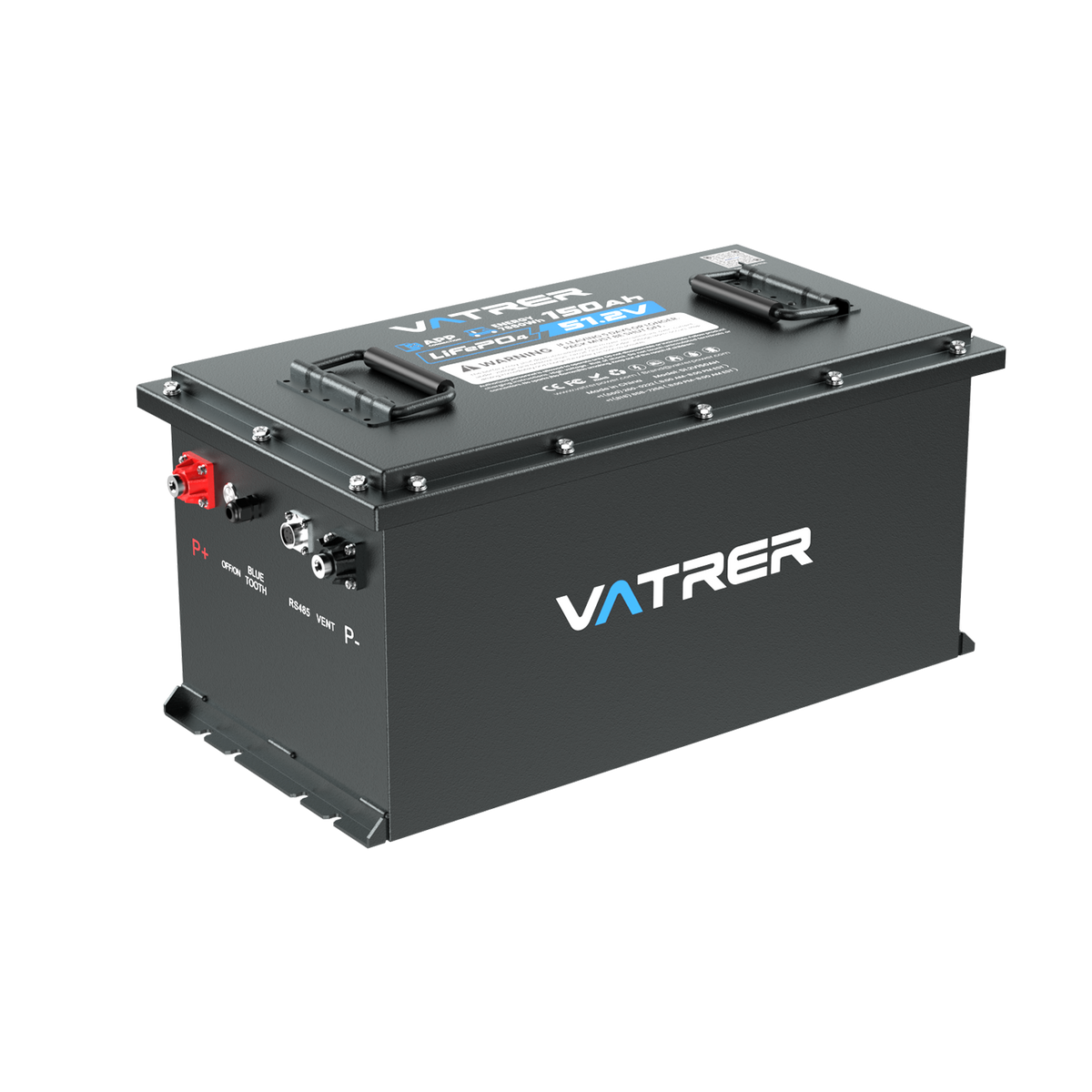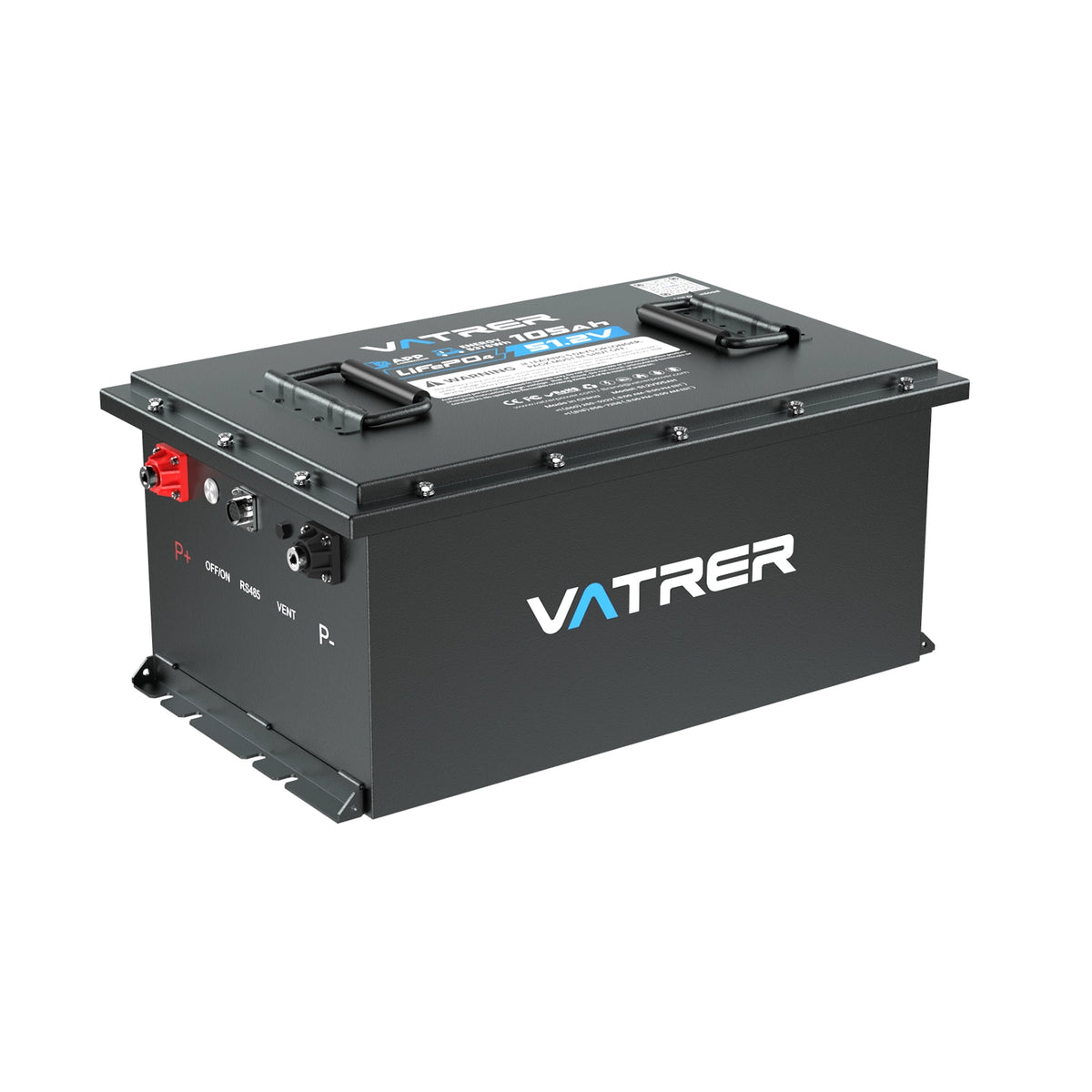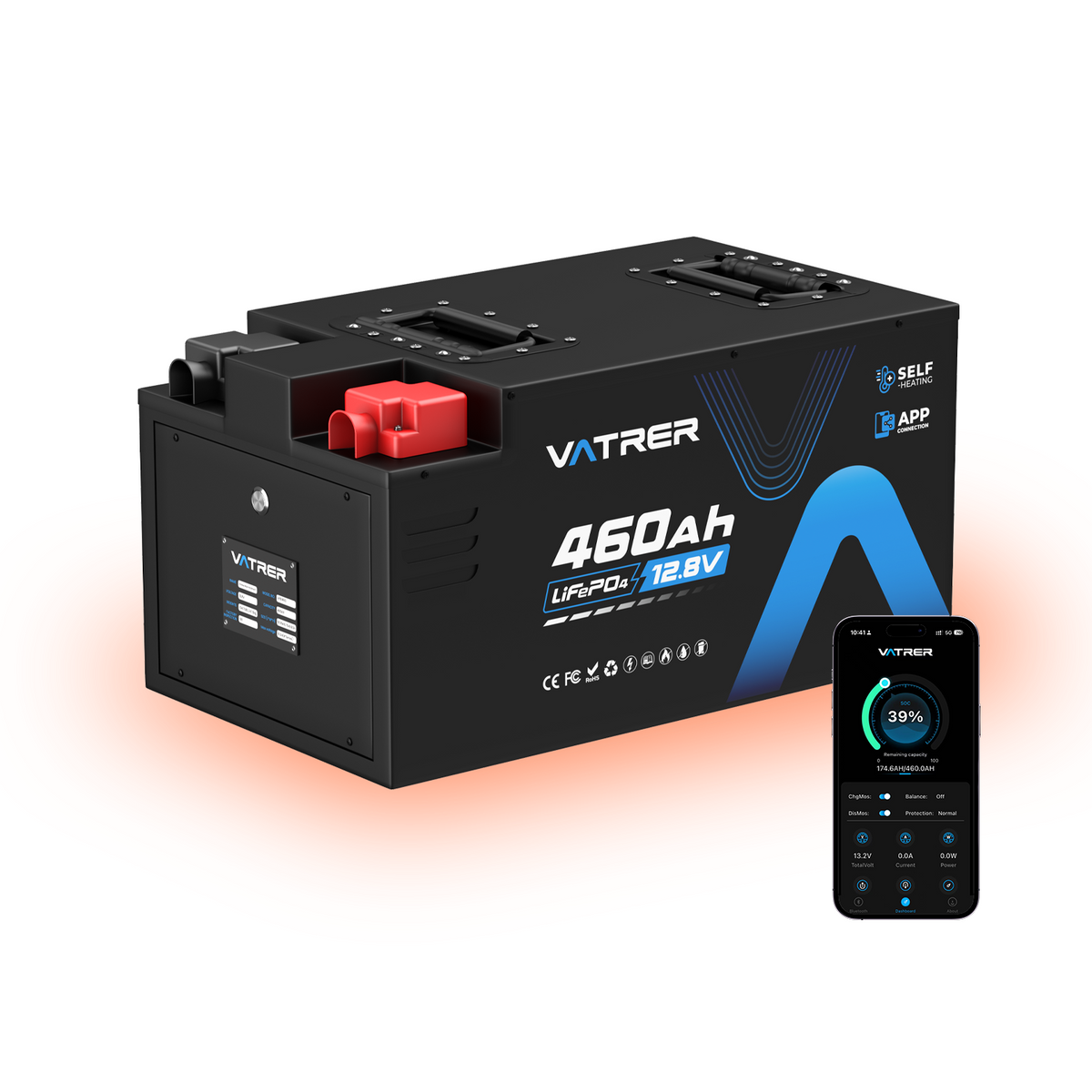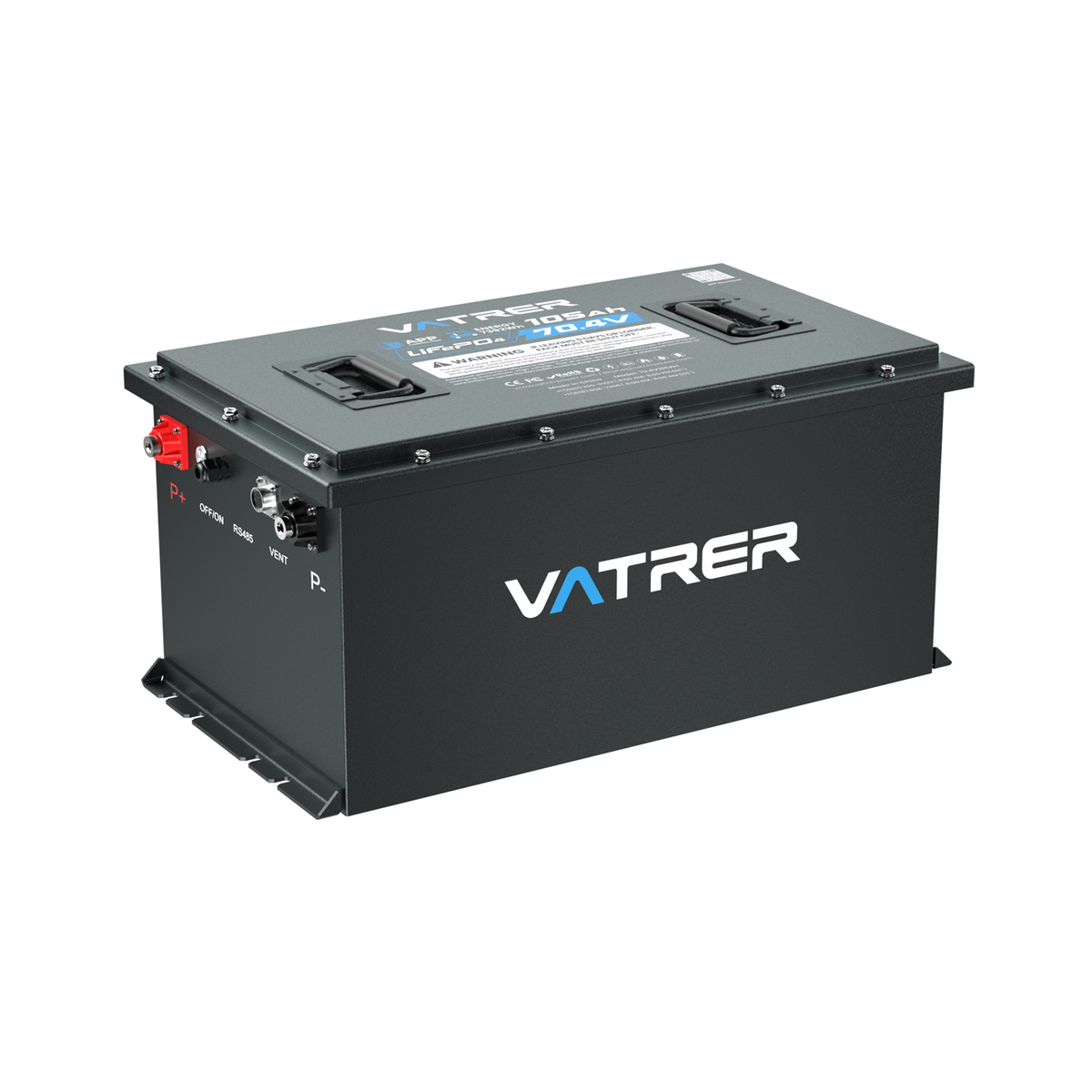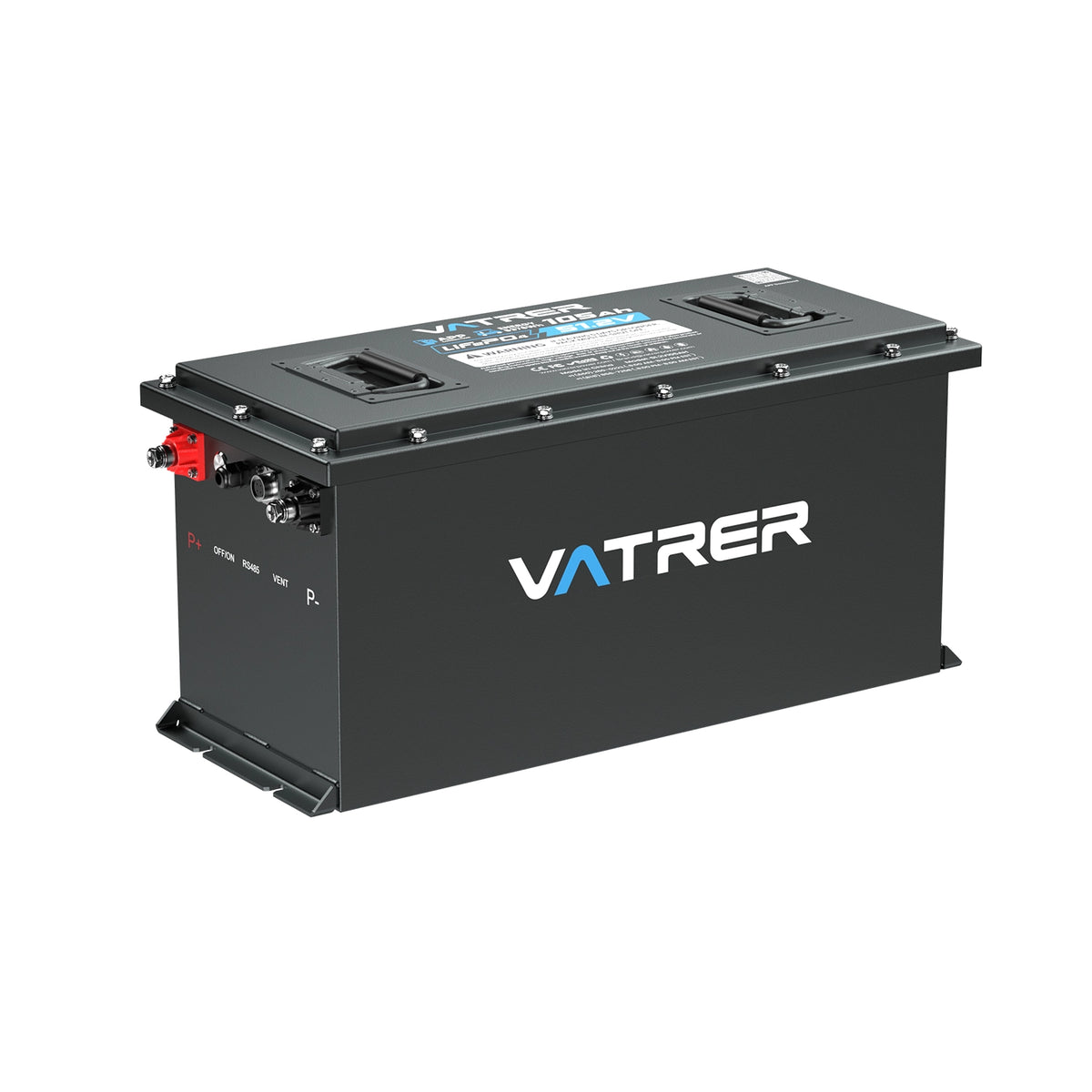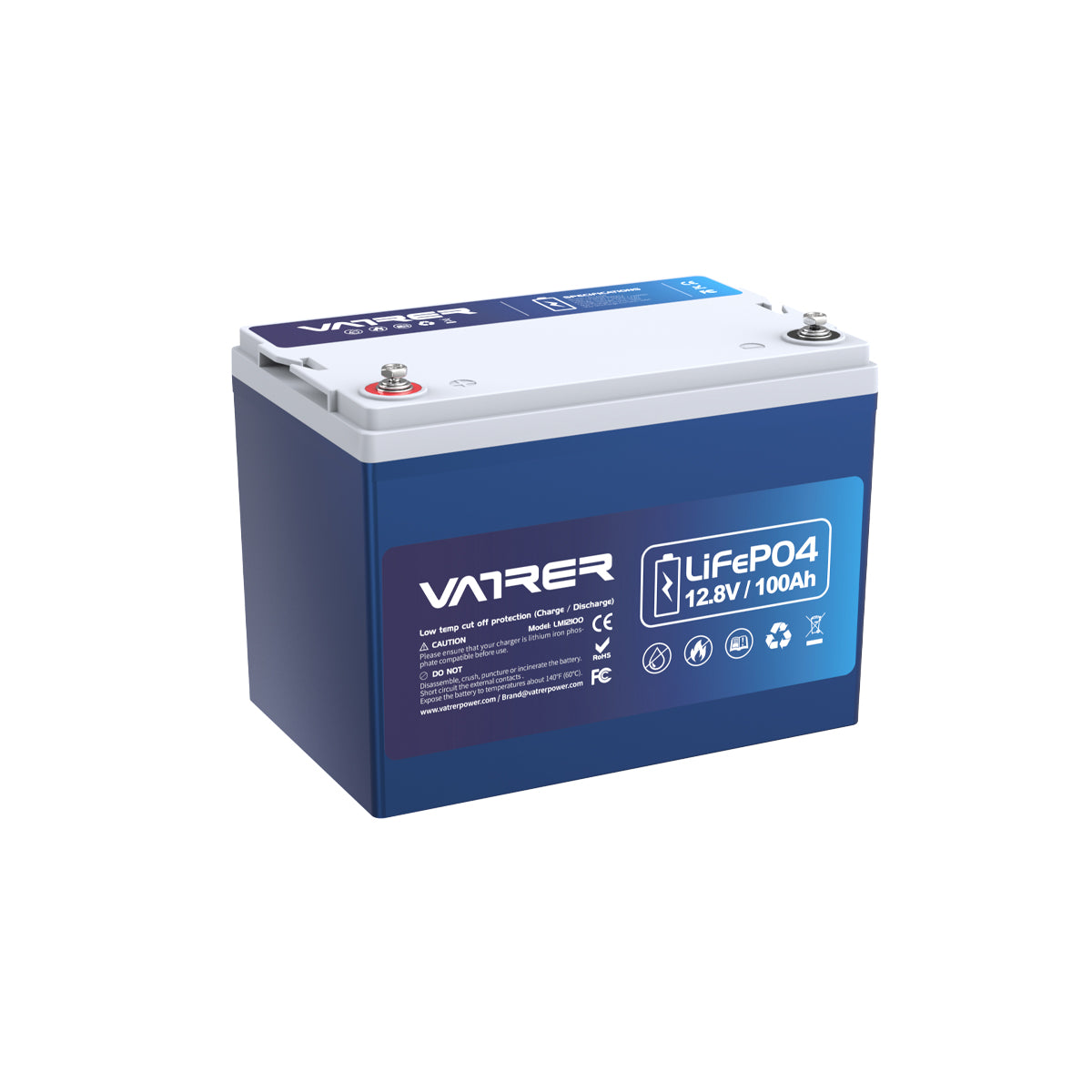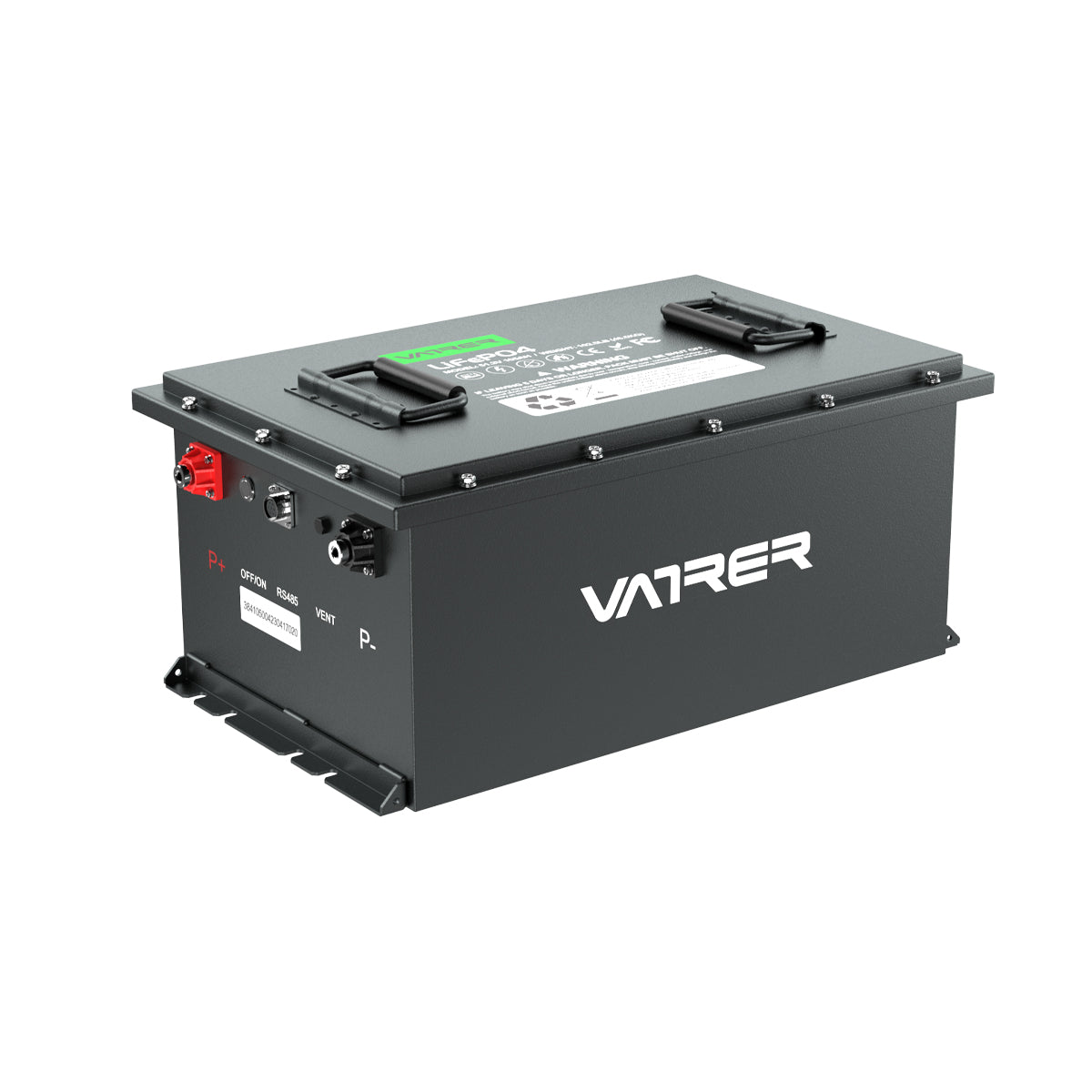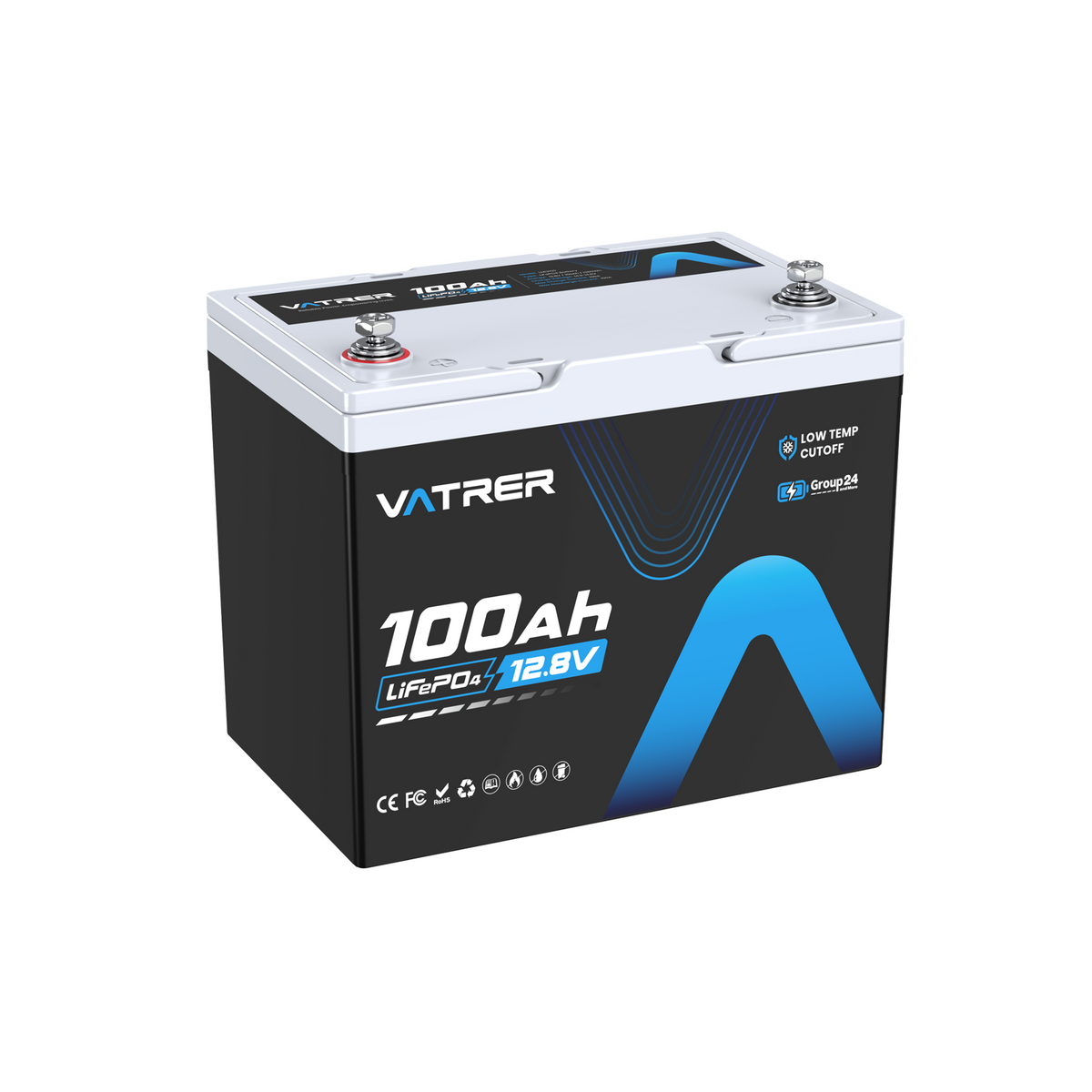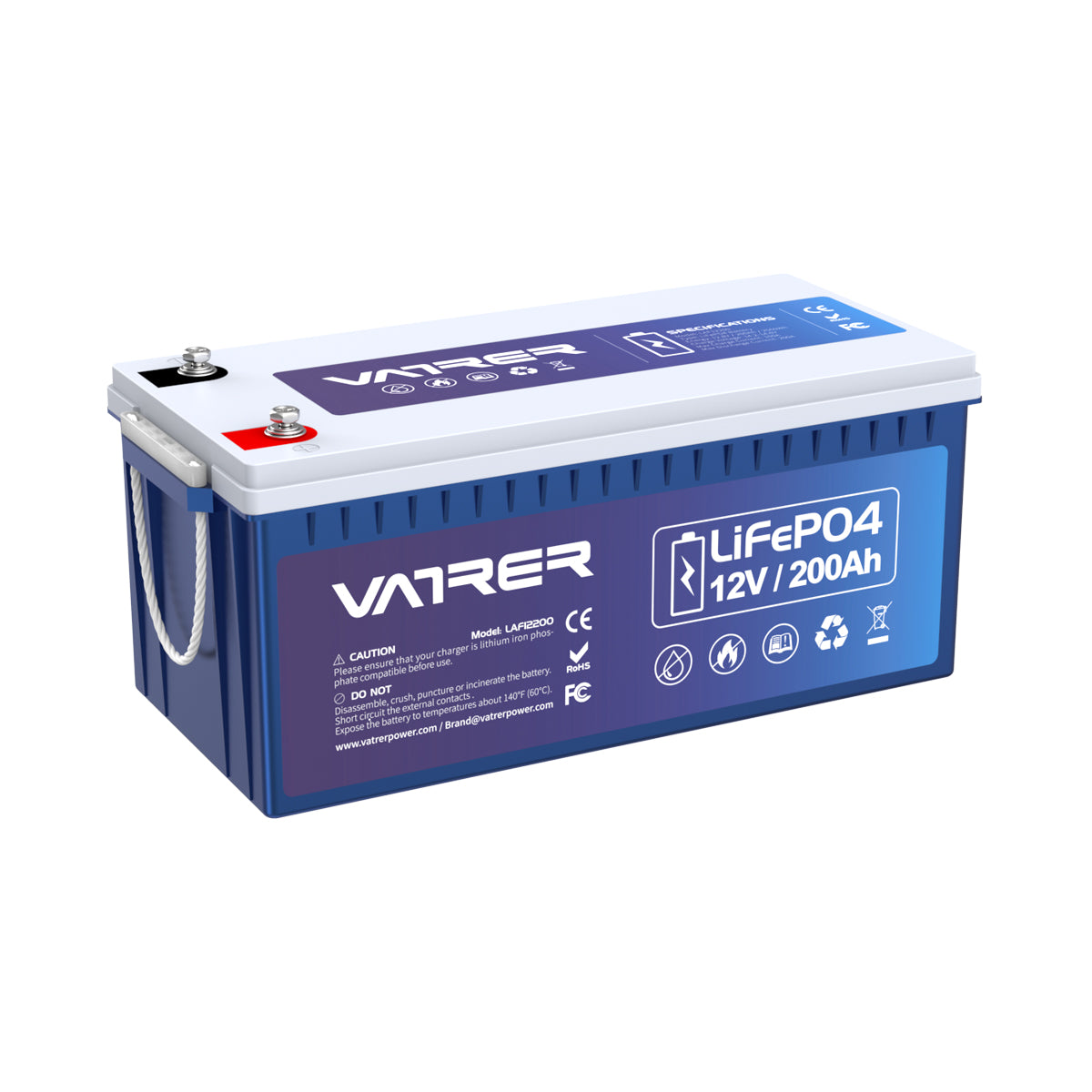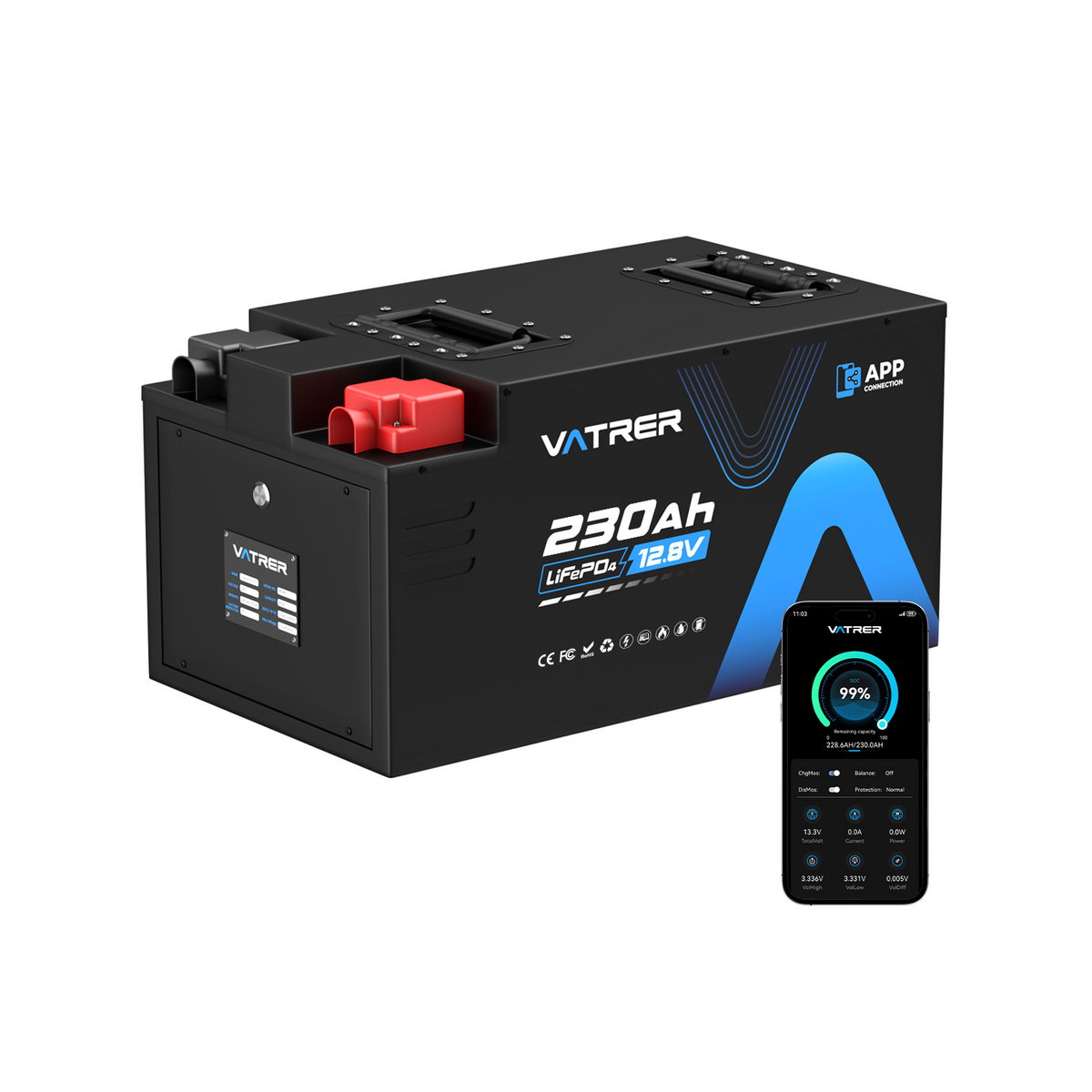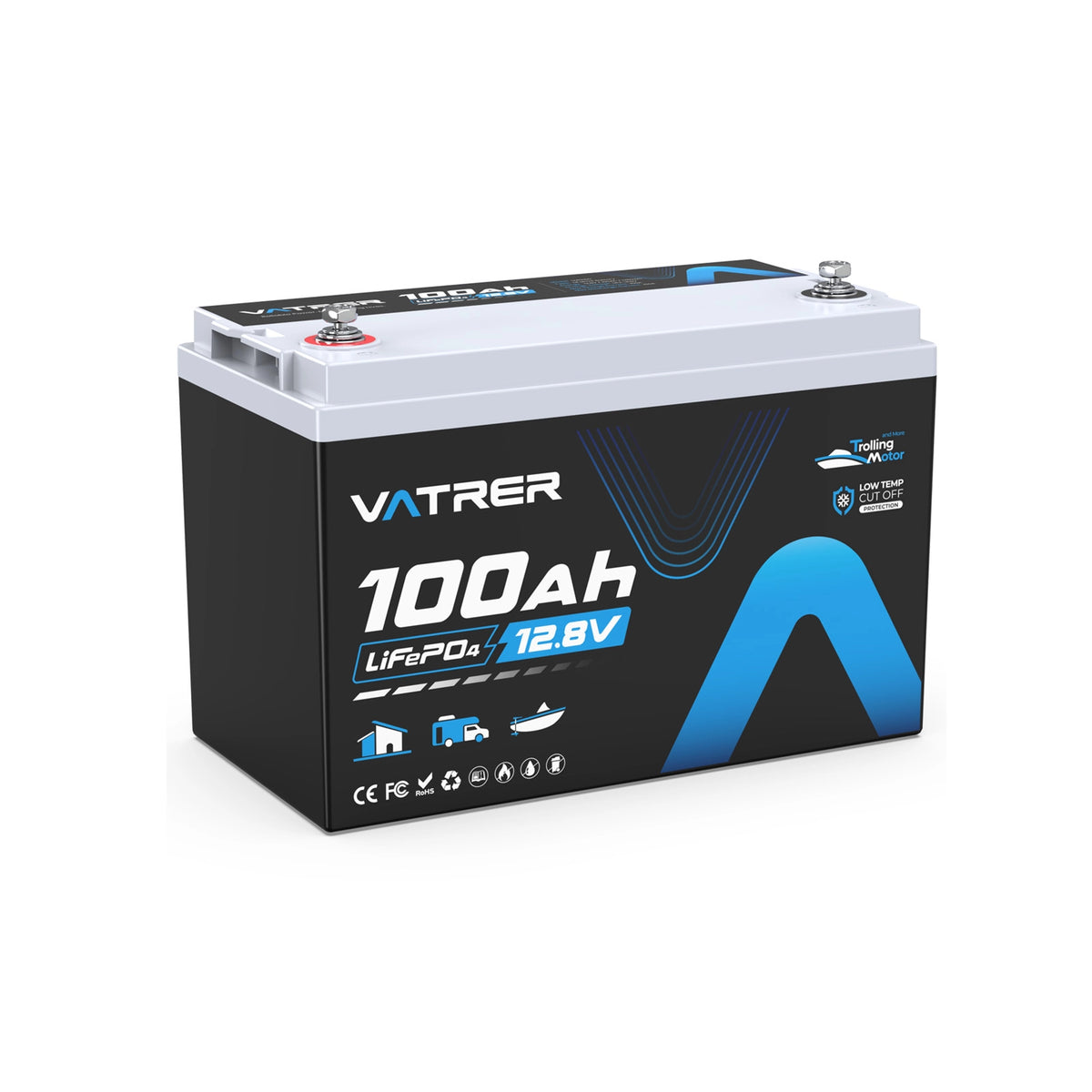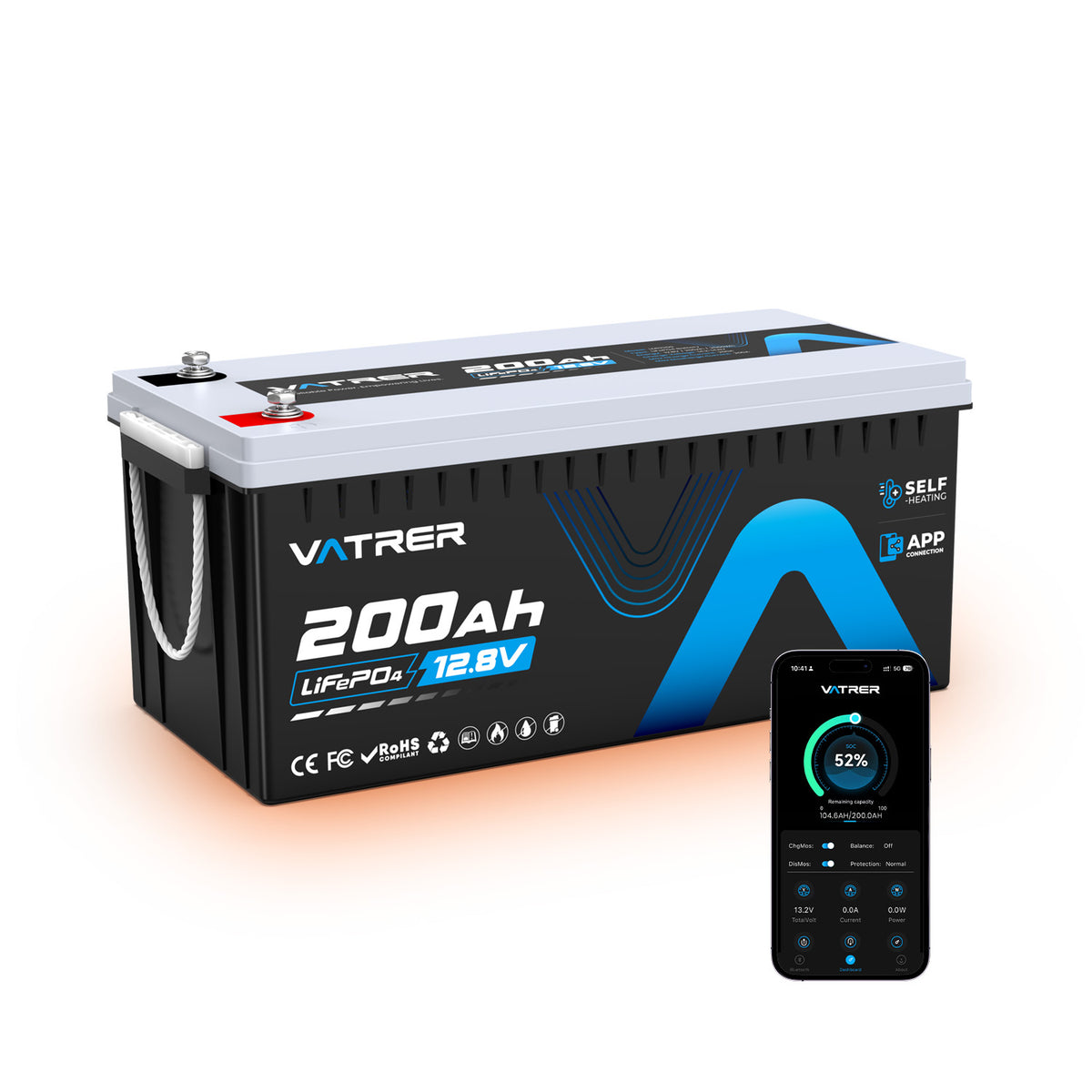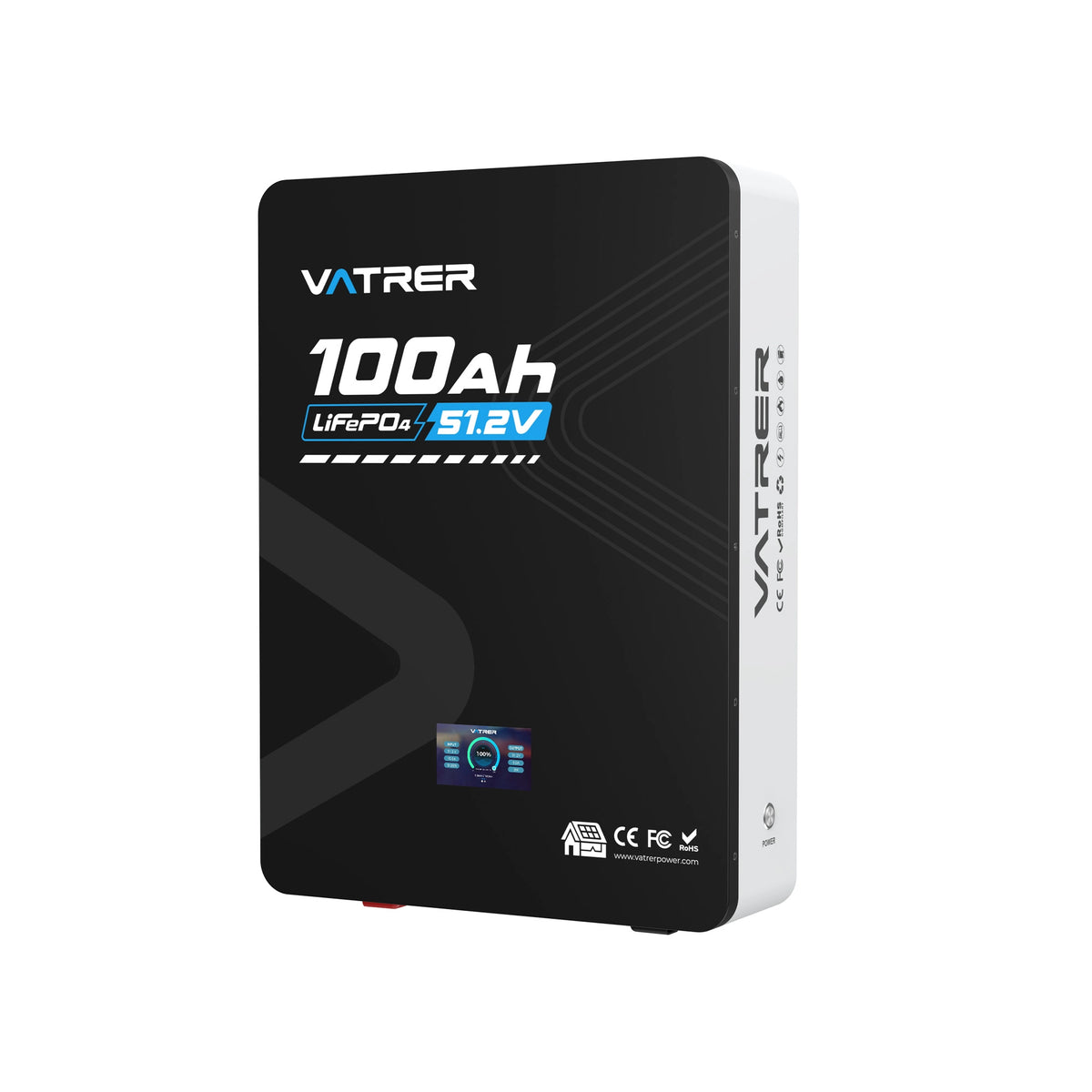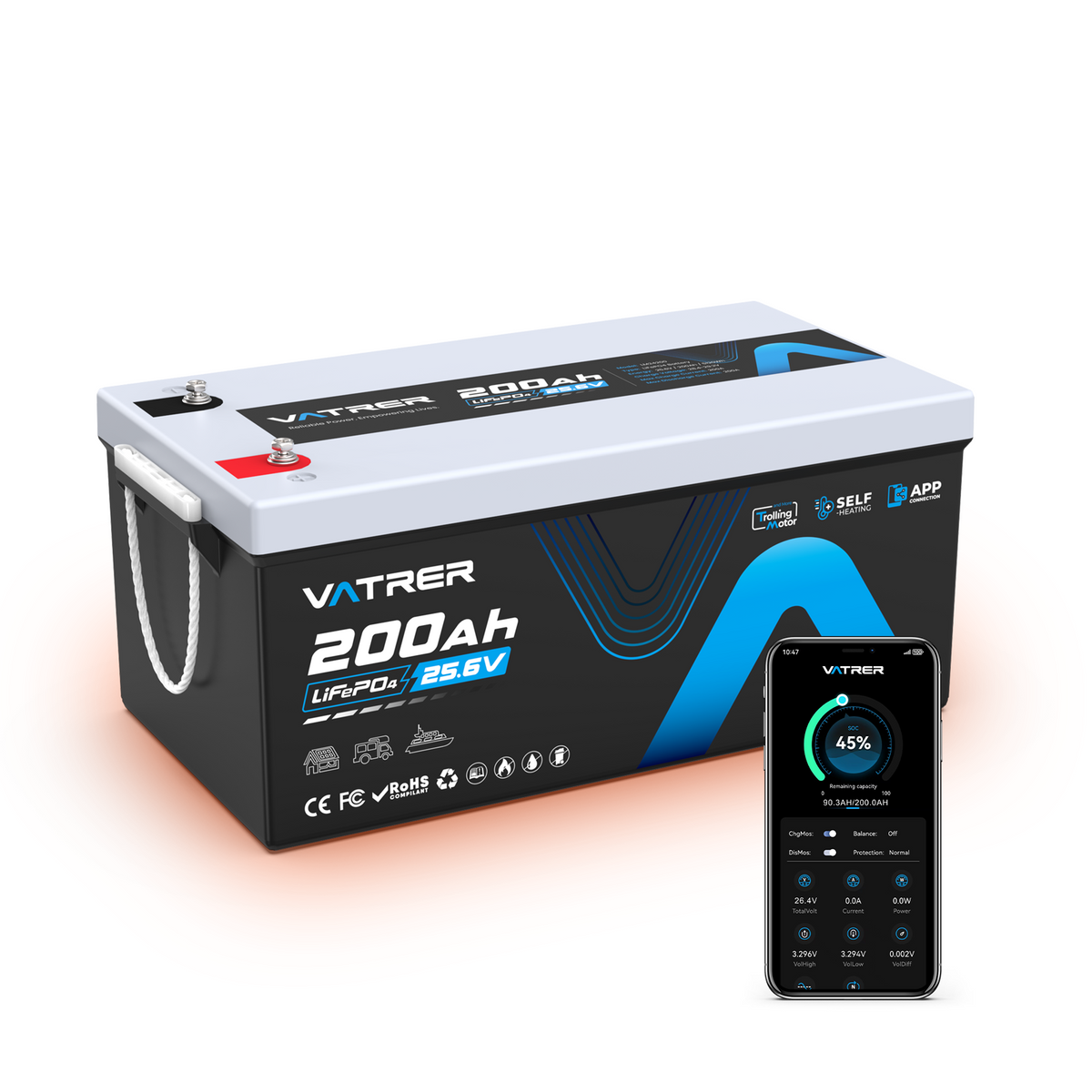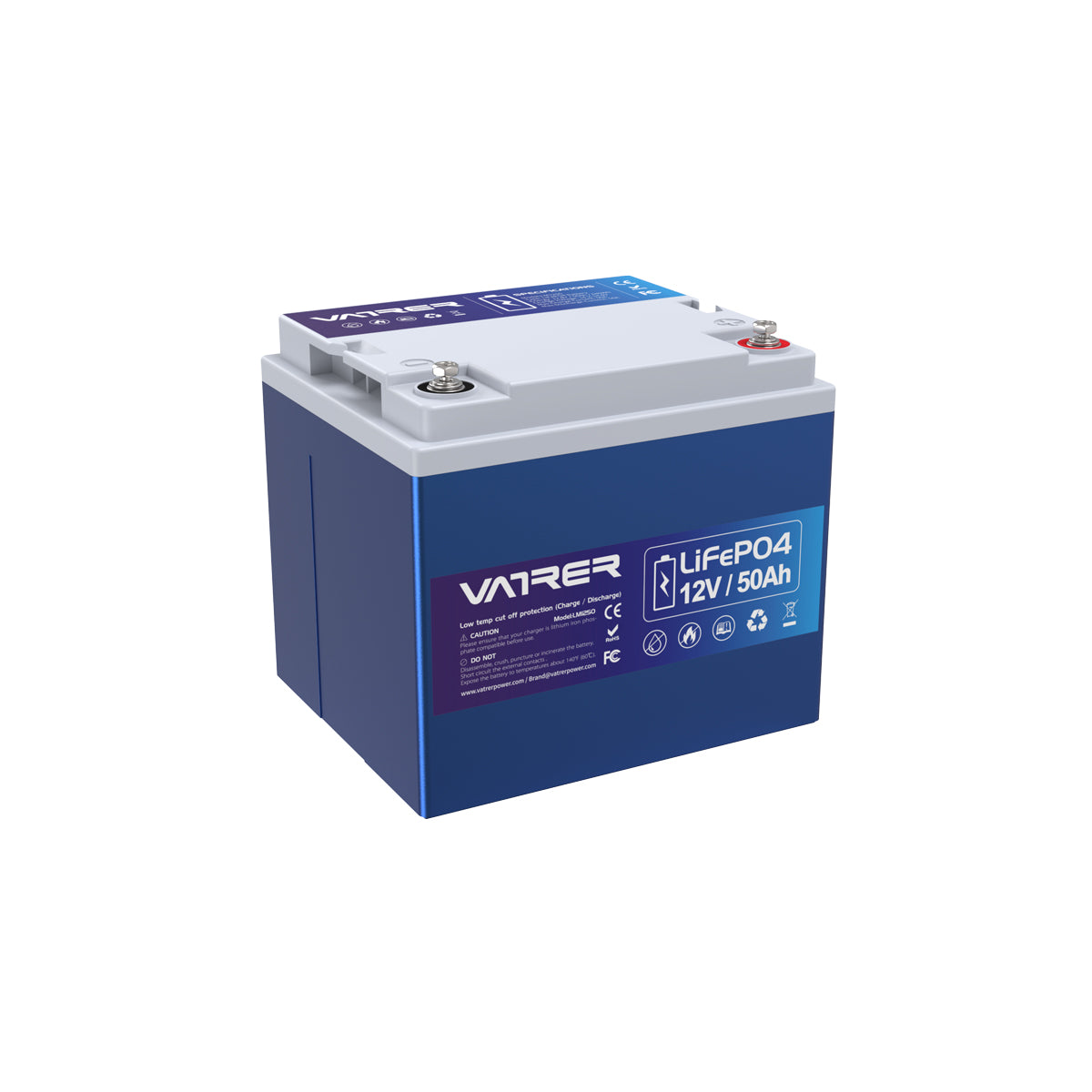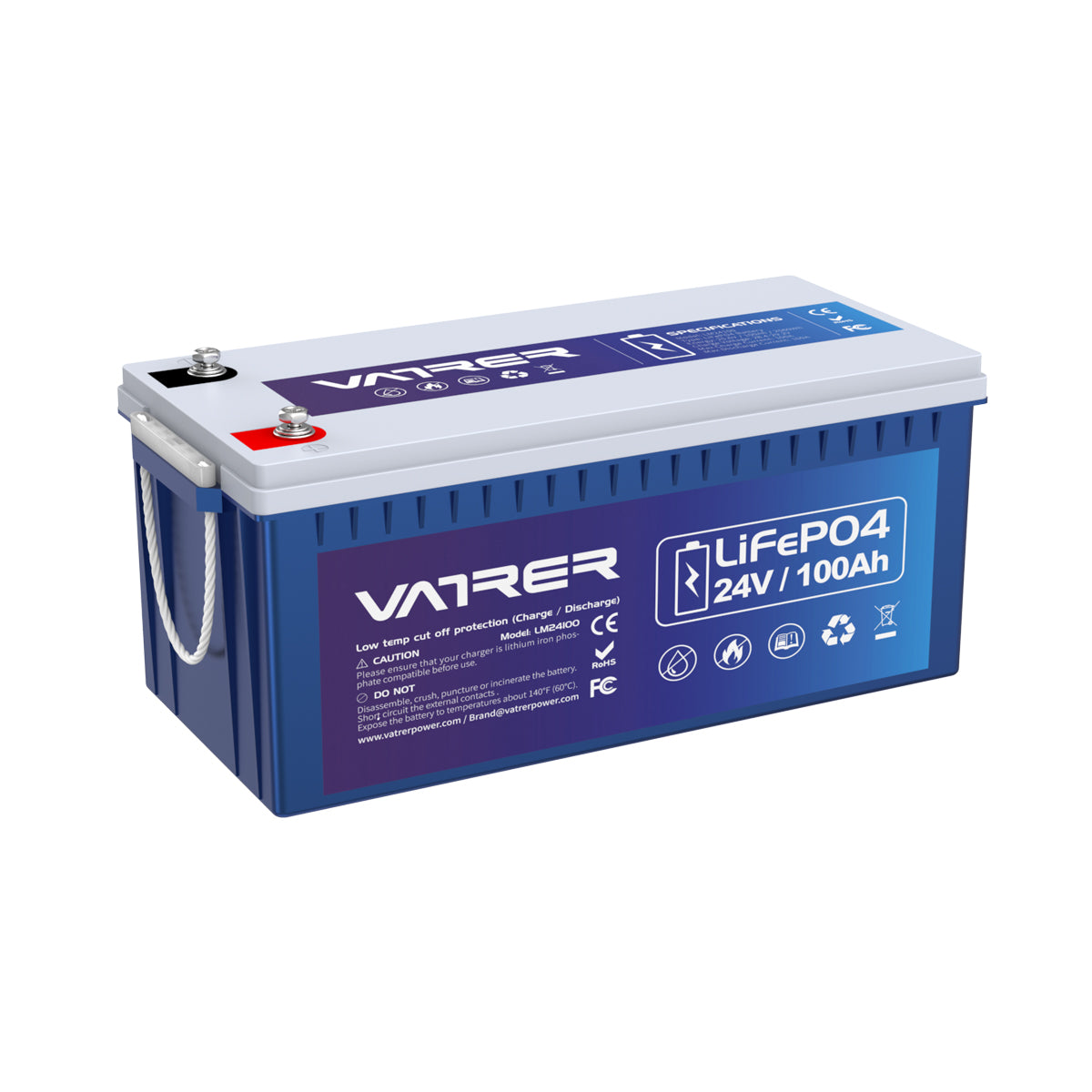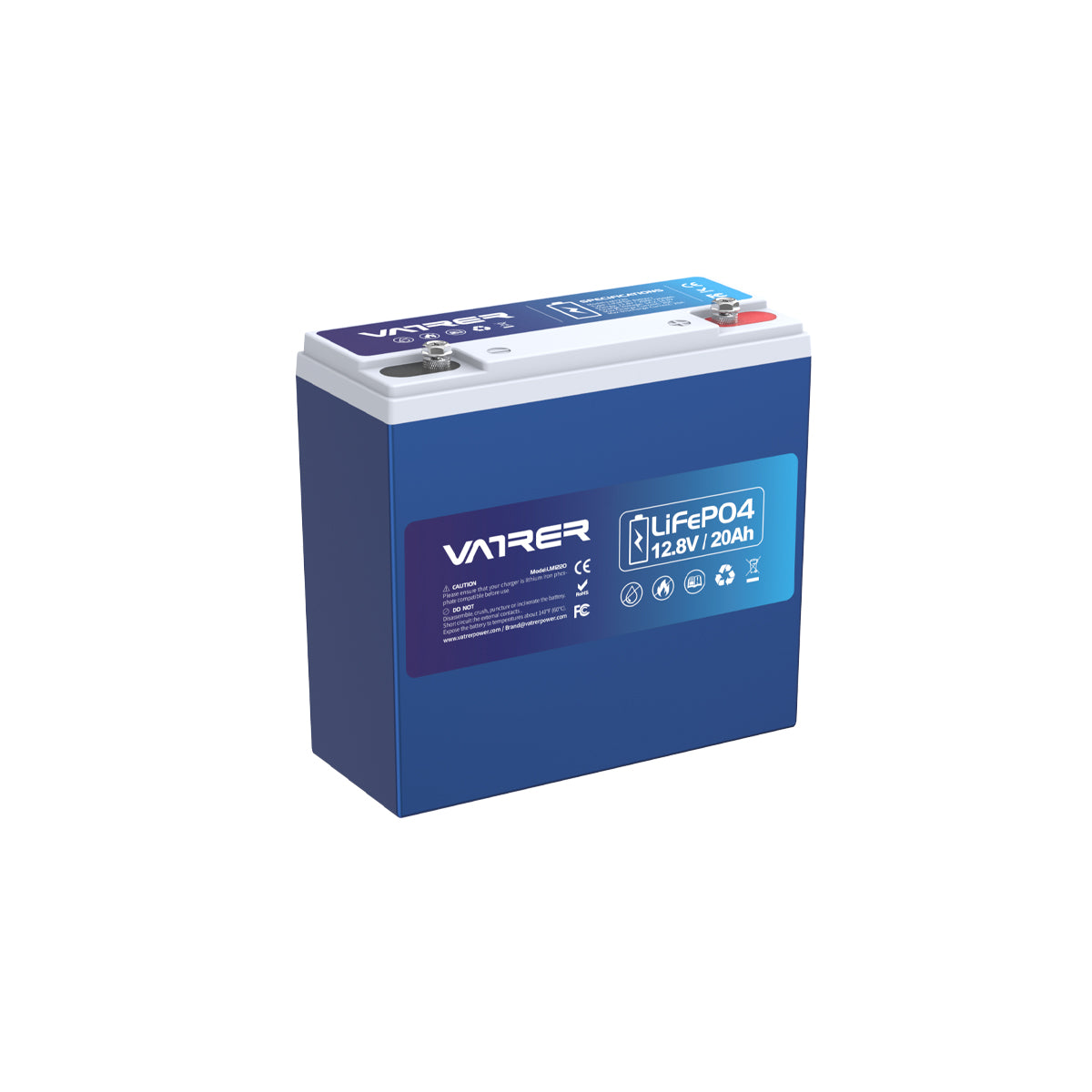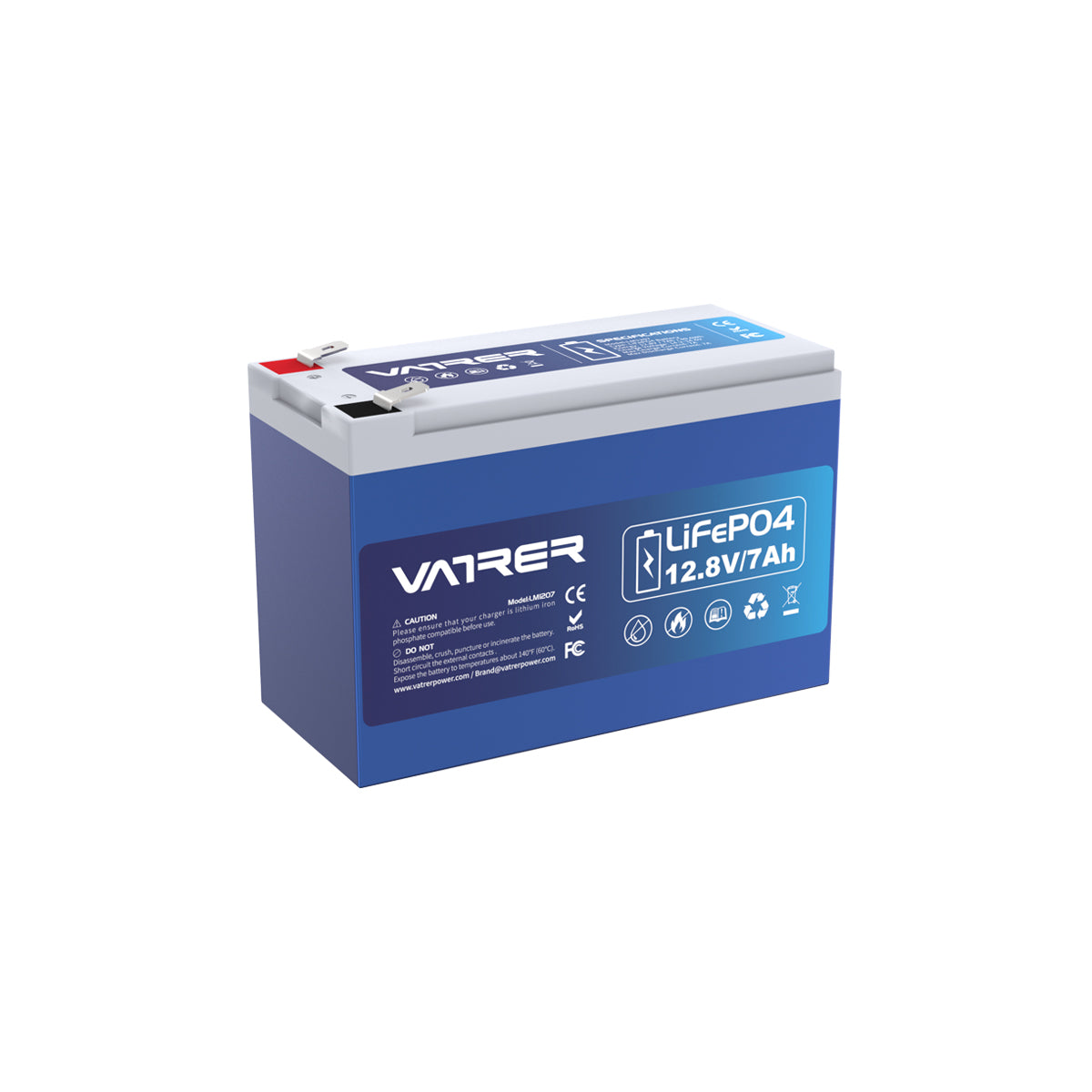Table of Contents
-
- What Are Marine Batteries?
- Advantages of Marine Lithium Batteries
- Comparison of Marine Battery Types
- How to Choose the Right Marine Lithium Battery
- What Are Some Recommended Maintenance Practices For Marine Lithium Batteries?
- What Are Some Signs That Indicate a Marine Lithium Battery Needs To Be Replaced?
- Can a Marine Lithium Battery Be Repaired If It Has Physical Signs Of Damage?
- Conclusion
Boat owners and marine enthusiasts increasingly choose marine lithium batteries for their ability to deliver reliable, high-performance power in demanding marine environments. These batteries address critical needs, such as powering trolling motors for extended fishing trips, supporting marine electronics on yachts, and reducing vessel weight for better fuel efficiency.
However, challenges like selecting the right battery capacity, ensuring proper maintenance, and understanding safety features can arise. This guide explores their benefits, maintenance tips, and how to choose the right battery for your vessel, ensuring efficient and sustainable boating.
What Are Marine Batteries?
Marine batteries are specialized power sources designed to meet the unique demands of boats, yachts, and marine electronics. They provide reliable power for propulsion systems, trolling motors, navigation equipment, and onboard appliances in harsh marine environments, requiring resistance to vibration, salt spray, and humidity. Common types of marine batteries include lithium batteries, AGM batteries, and traditional lead-acid batteries. Among these, marine lithium batteries stand out for their high energy density, lightweight design, and longer lifespan, making them ideal for modern boating needs.
Advantages of Marine Lithium Batteries
Marine lithium batteries, particularly those using LiFePO4 (Lithium Iron Phosphate) technology, offer several benefits over traditional lead-acid and AGM batteries. Below are the key advantages that make them a top choice for boat owners.
Performance and Reliability
Marine lithium batteries utilizing LiFePO4 technology, provide consistent power output due to their stable chemical structure, ensuring reliable performance in demanding marine environments. Whether powering a trolling motor or marine electronics, these batteries maintain stable voltage, even under heavy loads or harsh conditions like high humidity and salt exposure.
Safety Features
Lithium marine batteries are designed with safety in mind.They are designed with built-in battery management systems (BMS) to prevent overheating, overcharging, and short circuits. Their waterproof construction, often with an IP65 or IP67 rating, ensures durability in salty, humid conditions, making them suitable for marine use.
Long Lifespan and Charge Cycles
Compared to traditional lead-acid batteries, they can be discharged to 80% depth at moderate temperatures and cycle 3,000-5,000 times without significant capacity loss. This means they can reliably power your equipment for a long time.
Lightweight and Compact Design
Compared to lead-acid batteries, marine lithium batteries are up to 50% lighter and more compact for the same power output. This reduces vessel weight, improves fuel efficiency, simplifies installation, and frees up valuable vessel space.
Fast and Efficient Charging
Marine lithium batteries charge faster than lead-acid or AGM batteries, often in 1-3 hours, reducing downtime and allowing more time on the water. Their high charging efficiency ensures minimal energy loss and more time enjoying your marine adventures.
Temperature Tolerance
These batteries perform well in extreme conditions, maintaining efficiency in high temperatures and humidity. Unlike lead-acid batteries, they resist performance degradation in challenging environments, ensuring consistent battery power.
Low Self-Discharge Rate
With minimal self-discharge, marine lithium batteries retain their charge during long storage periods. This feature ensures the battery is ready when needed, without frequent recharging.
Comparison of Marine Battery Types
To help you understand the differences between marine lithium batteries and other options, the following table compares key characteristics:
| Feature | Marine Lithium Batteries | AGM Batteries | Lead-Acid Batteries |
|---|---|---|---|
| Lifespan | 8-10 years (3,000-5,000 cycles) | 4-7 years | 2-5 years |
| Weight | Lightweight (50% less than lead-acid) | Moderate | Heavy |
| Energy Density | High (more power per unit) | Moderate | Low |
| Charging Time | Fast (1-3 hours) | Moderate (4-6 hours) | Slow (6-12 hours) |
| Maintenance | Low (no fluid checks) | Low | High (regular fluid checks) |
| Initial Cost | Higher | Moderate | Lower |
| Protection Rating | High (designed for marine use) | Moderate | Low |
| Safety Features | Advanced BMS, IP65 or IP67 waterproof | Basic | Minimal |
Marine lithium batteries are versatile, supporting a range of applications. For fishing boats, a 12V 100Ah lithium battery powers trolling motors for 8-10 hours of continuous use, ideal for extended fishing trips. On yachts, 24V 200Ah high-capacity batteries supply energy to navigation systems, lighting, and appliances without compromising space or weight. Sailboats benefit from their compact design, enabling efficient power for long voyages.
Despite the higher upfront costs, lithium batteries remain an affordable option in the long run.
How to Choose the Right Marine Lithium Battery
Selecting the right boat lithium battery depends on your vessel's needs and usage. Consider the following factors:
- Capacity (Ah): Match the battery's ampere-hour rating to your power demands, such as a 100Ah battery for a trolling motor or 200Ah for yacht electronics.
- Voltage Compatibility: Ensure the battery matches your system's voltage (e.g., 12V, 24V).
- IP Rating: Choose batteries with high waterproof ratings (e.g., IP65 or IP67) for marine environments.
- Size and Weight: Opt for a compact battery to save space, especially on smaller vessels.
- BMS Function: A robust battery management system ensures safety and longevity.
- Certifications: Look for UL or CE certifications to guarantee safety and quality.
What Are Some Recommended Maintenance Practices For Marine Lithium Batteries?
Recommended maintenance practices for marine lithium batteries include:
- Store in a cool, dry place: It is important to store marine lithium batteries in a cool, dry place away from direct sunlight.
- Periodically charge the battery: If the battery is stored for an extended period, it is recommended to periodically charge it to maintain its performance.
- Prevent overcharging: Overcharging can damage the battery plates, so it is important to avoid overcharging the marine lithium battery.
- Certify connections are clean and stable: Ensure that the cables and connections of the lithium battery are clean and stable. If unsure, seek professional help for installation and regularly check the ports and connections.
- Ensure sufficient ventilation for the battery compartment: Although lithium batteries are more stable than lead-acid units, it is still important to have proper ventilation in the battery compartment to prevent potential gas or fume leaks.
- Keep them out of extreme heat: Avoid leaving lithium batteries in direct sunlight or in hot conditions, as overheating can be a concern. Allow the battery to cool down after charging before using it.
- Avoid freezing temperatures: If storing the boat in winter, disconnect the lithium batteries and store them in a warm place where the temperature stays above freezing.
- Use the right charger: It is recommended to use a charger specifically designed for lithium batteries, as it can charge them faster and more efficiently. Consider using a bank charger if you have multiple lithium batteries.
- Don't overcharge: Check the state of charge of the battery regularly and remove it from the charger when it reaches about 80 percent of its charge. Overcharging can reduce the battery's storage capability and lifespan.
- Charge in comfortable conditions: Charge the lithium batteries in moderate and comfortable conditions, avoiding extreme temperatures. Bring the charger indoors in hot weather and never charge the battery in cold or freezing conditions.
What Are Some Signs That Indicate a Marine Lithium Battery Needs To Be Replaced?
Monitor your battery for these signs to determine if replacement is necessary:
- Physical Damage: Look for cracks, bulging, or corroded terminals, indicating potential failure.
- Reduced Capacity: If the battery holds less charge or powers devices for shorter periods (e.g., trolling motor runs for half the usual time), its capacity may be declining.
- High Self-Discharge: A battery that loses charge quickly when not in use may be nearing the end of its life.
- Overheating: Excessive heat during use or charging suggests internal issues.
- Voltage Instability: Check for inconsistent performance, such as devices shutting off unexpectedly. Use a multimeter or observe reduced runtime to confirm.
If you notice these signs, consult a professional to assess the battery's condition.
Can a Marine Lithium Battery Be Repaired If It Has Physical Signs Of Damage?
A marine lithium battery can potentially be repaired if it has physical signs of damage, but it depends on the extent and nature of the damage. Here are some important points to consider:
- Assess the damage: Before attempting any repairs, it is crucial to assess the extent of the physical damage to the battery. Look for signs such as cracks, punctures, swelling, or leakage. If the damage is severe or if the battery has been compromised in any way, it may not be safe or feasible to repair it.
- Safety first: When dealing with damaged lithium batteries, safety should be the top priority. If the battery shows signs of swelling, leakage, or emits an unpleasant odor, it is important to handle it with extreme caution. Disconnect the battery and store it in a well-ventilated area away from other batteries and flammable materials.
- Professional assessment: It is recommended to take the damaged marine lithium battery to a battery specialist or a reputable battery store for a professional assessment. They have the expertise and equipment to evaluate the damage and determine if the battery can be repaired.
- Repair options: Depending on the specific damage, there may be repair options available. For example, if there is damage to the battery management system (BMS), it may be possible to replace the faulty BMS. Similarly, if there are underperforming battery cells, they can be replaced individually.
- Replacement considerations: In some cases, it may be more practical and cost-effective to replace the damaged battery rather than attempting repairs. The cost of repairs, availability of replacement parts, and the overall condition of the battery should be taken into account when making this decision.
Conclusion
Marine lithium batteries combine high energy density, lightweight design, long life, and fast charging, making them the optimal and reliable power source for boats and yachts. Their low maintenance and environmental benefits further enhance their appeal to modern boat owners.
If you're looking for a high-quality marine lithium battery, Vatrer offers batteries that ensure consistent battery performance and durability on the water. Vatrer marine LiFePO4 batteries are designed with advanced BMS technology and are widely praised for their efficient powering of trolling motors and marine electronics. Explore our 12V or 24V lithium batteries designed specifically for boats and upgrade your sailing experience.





